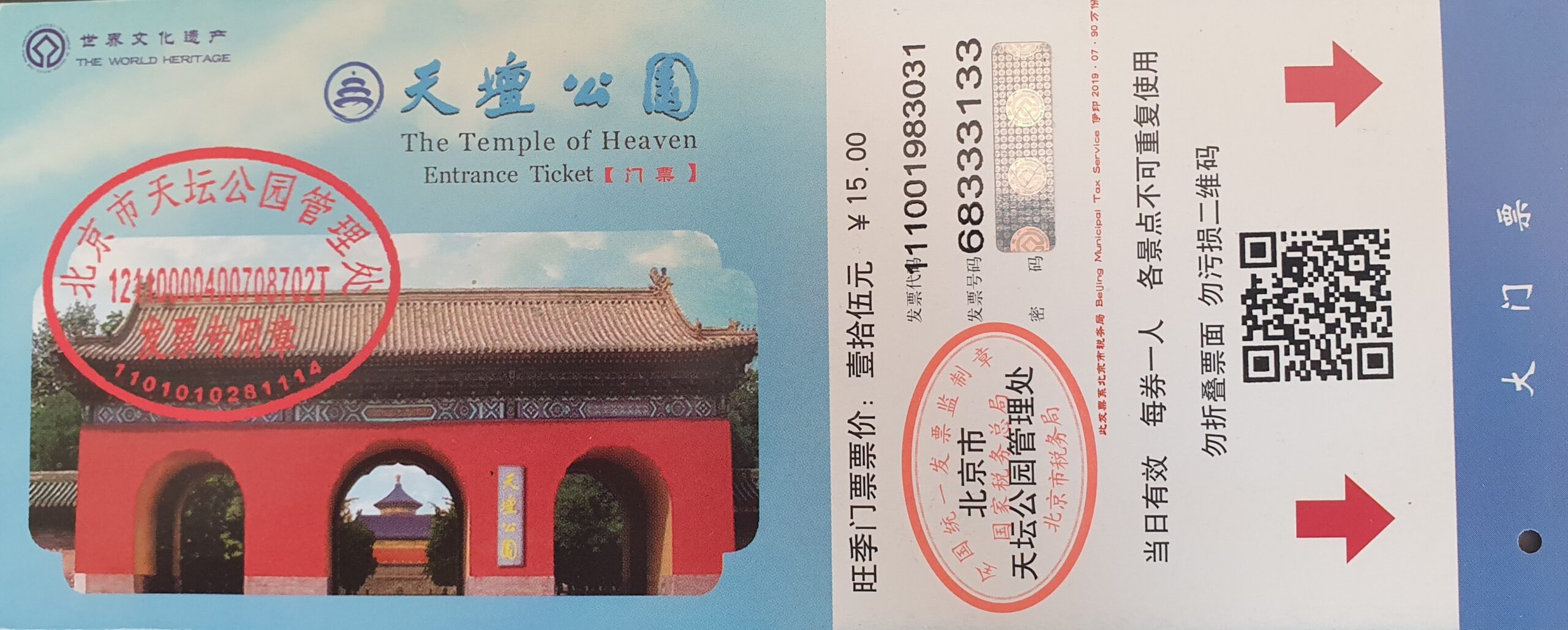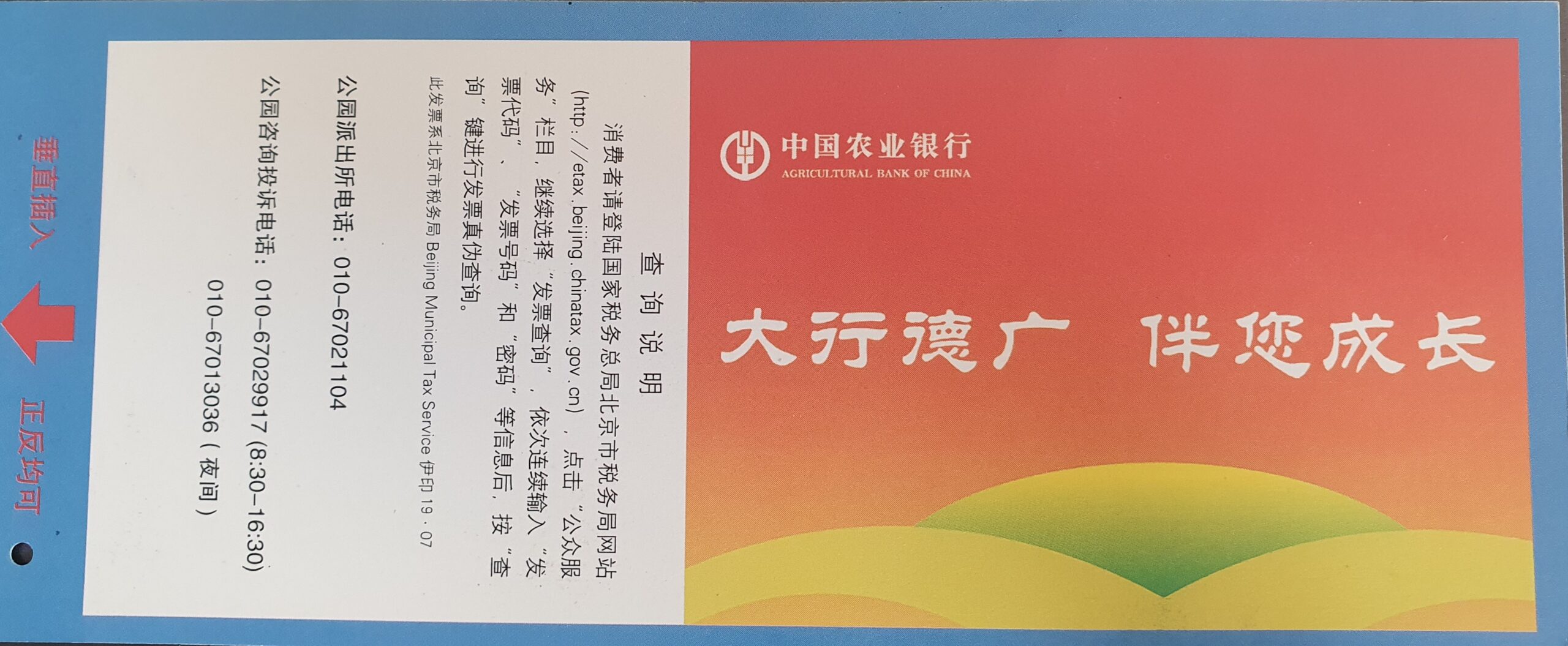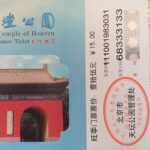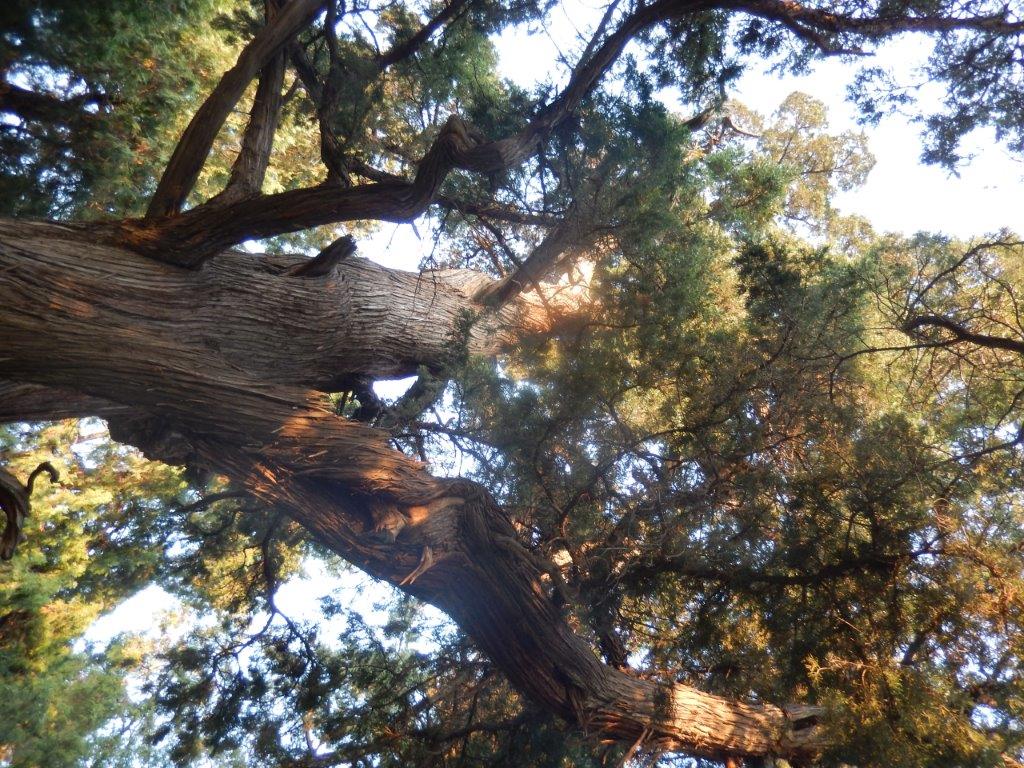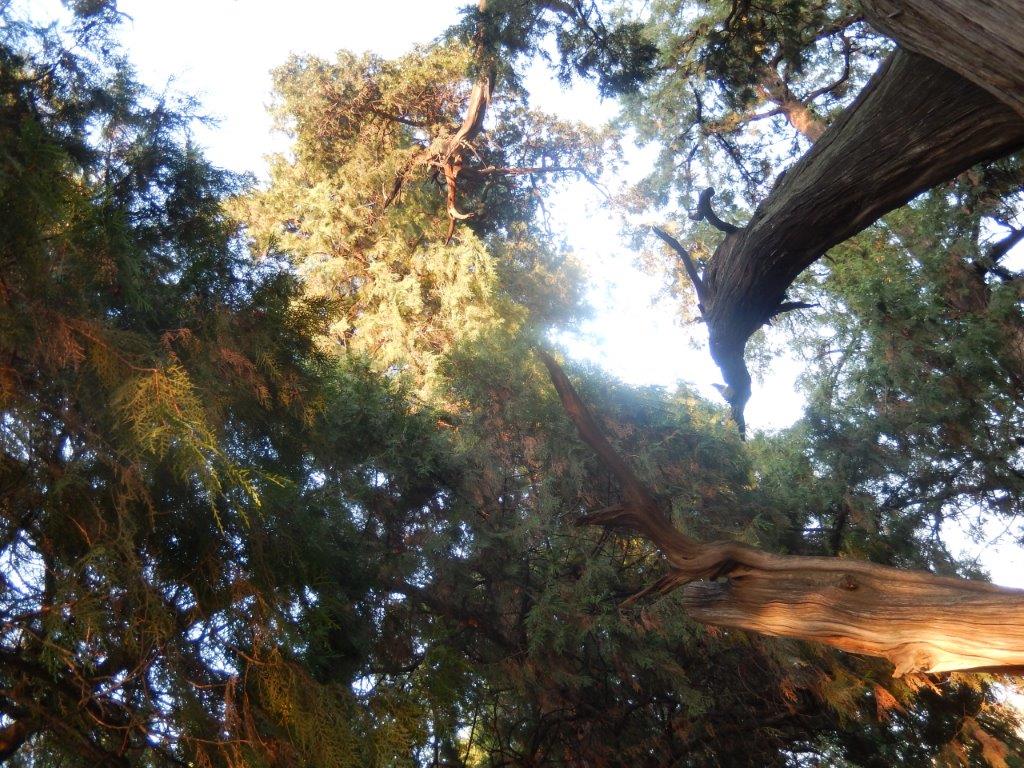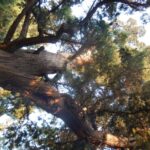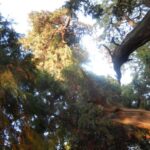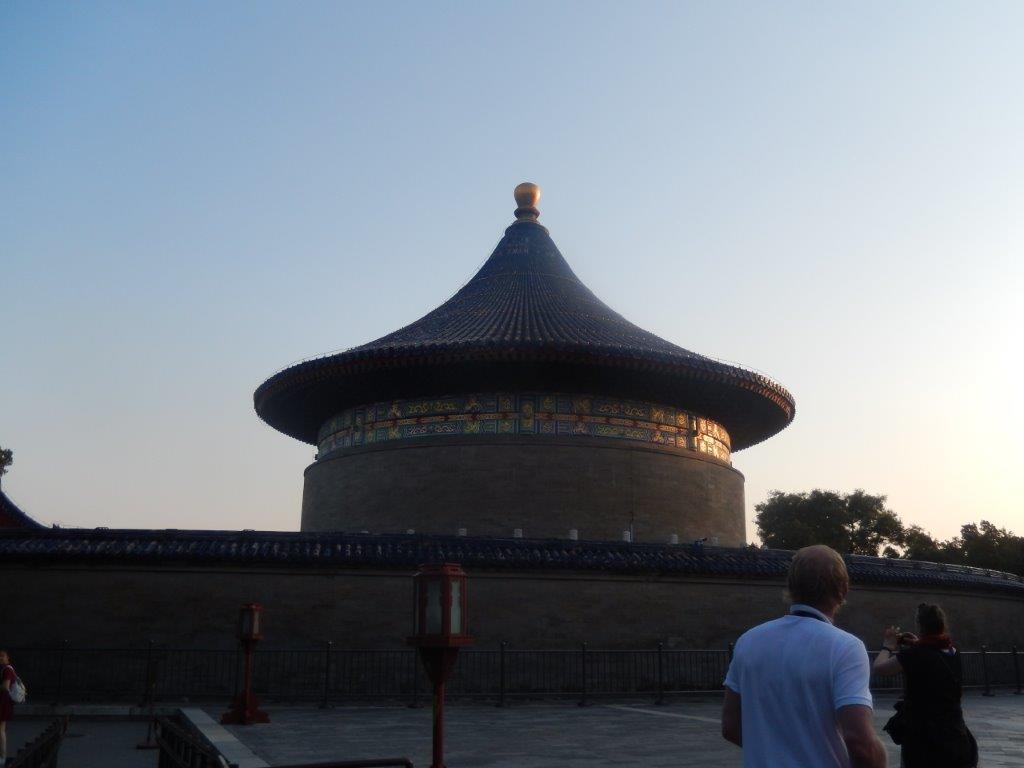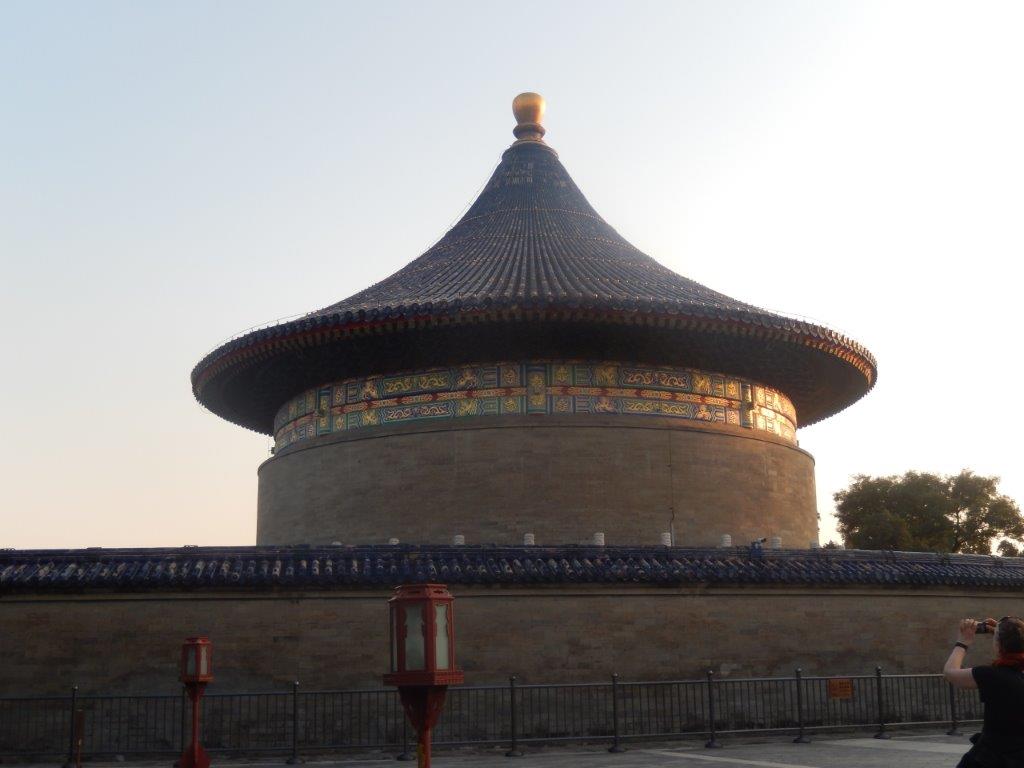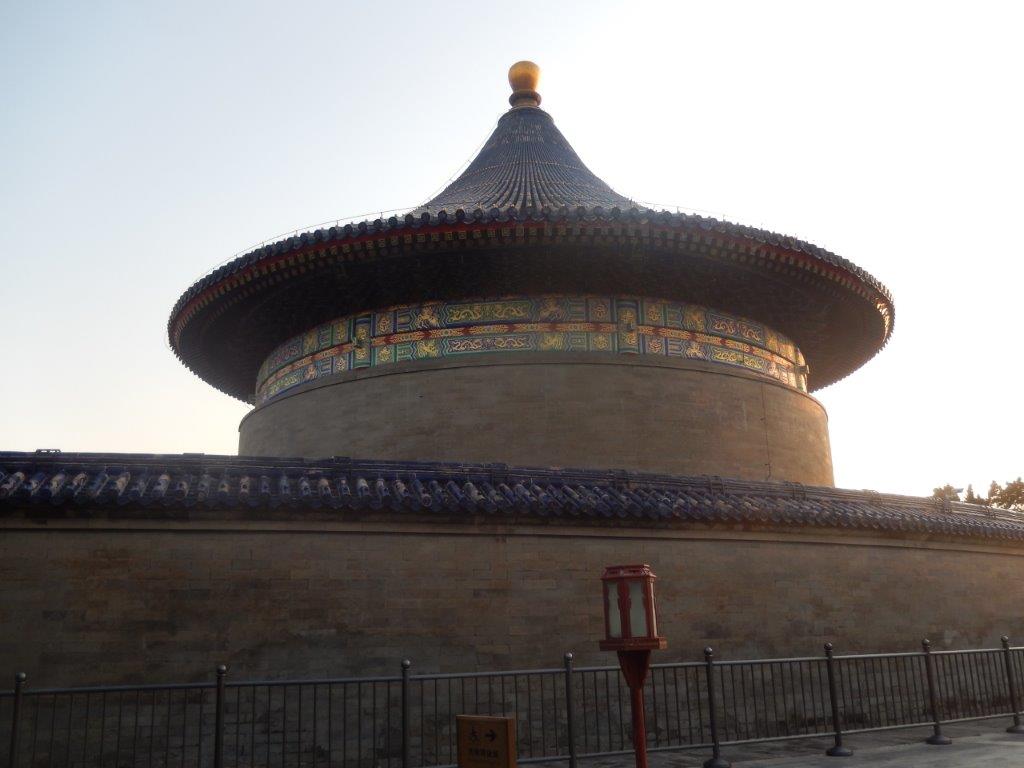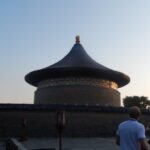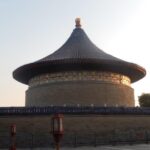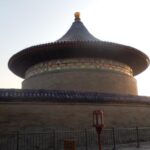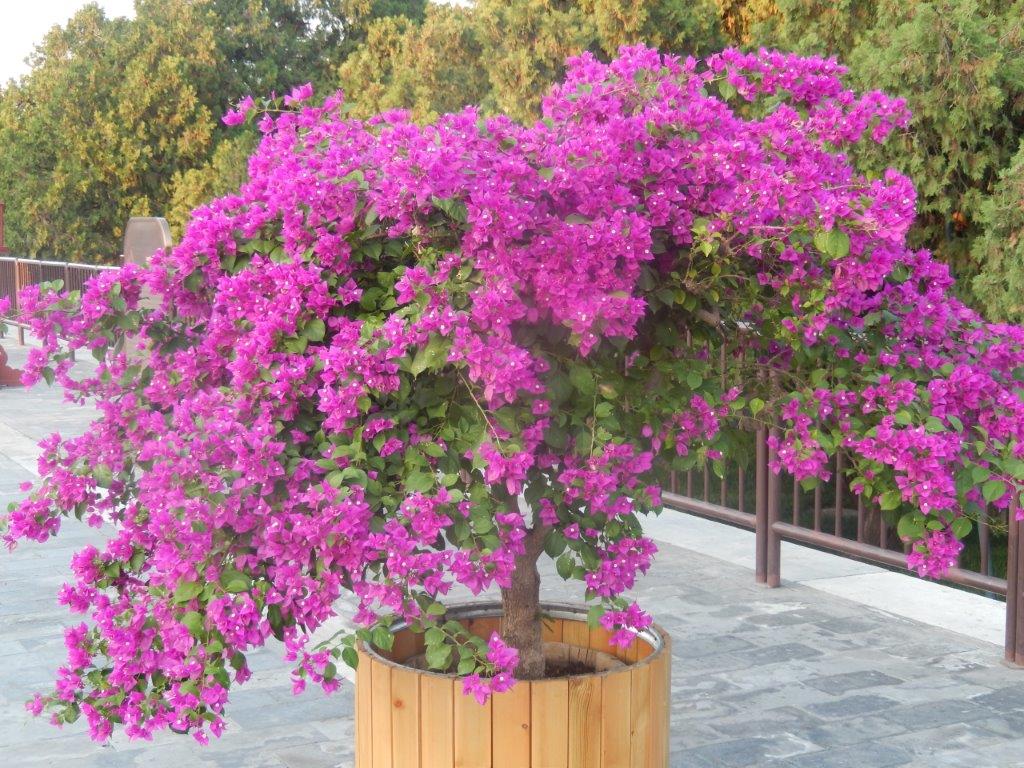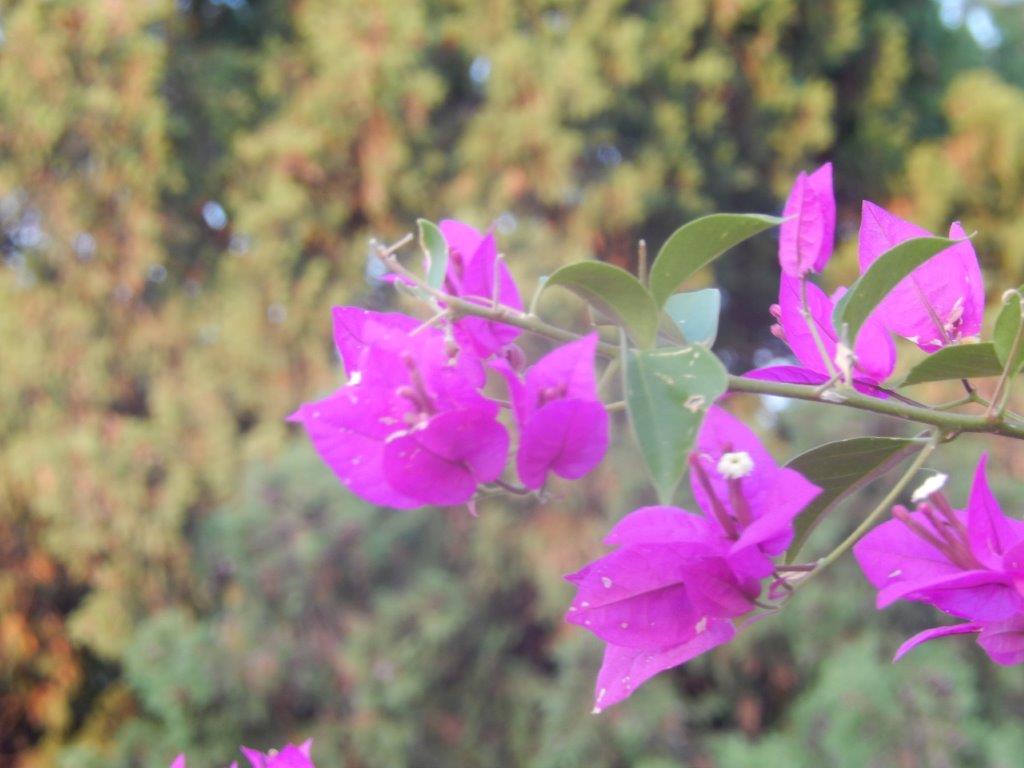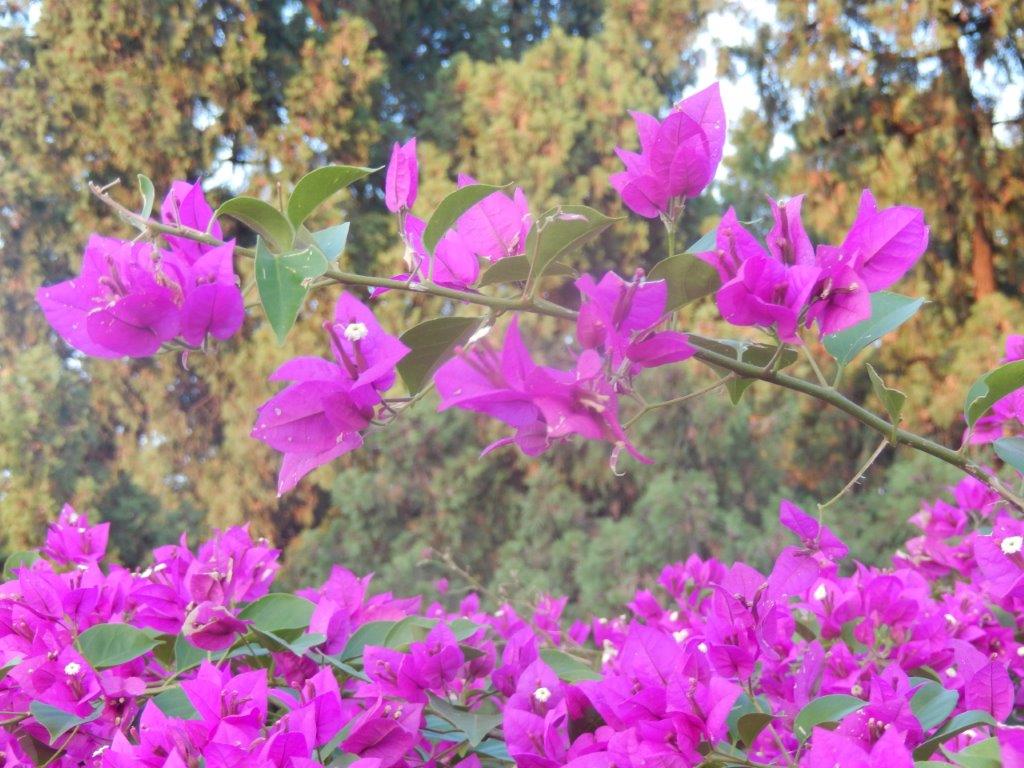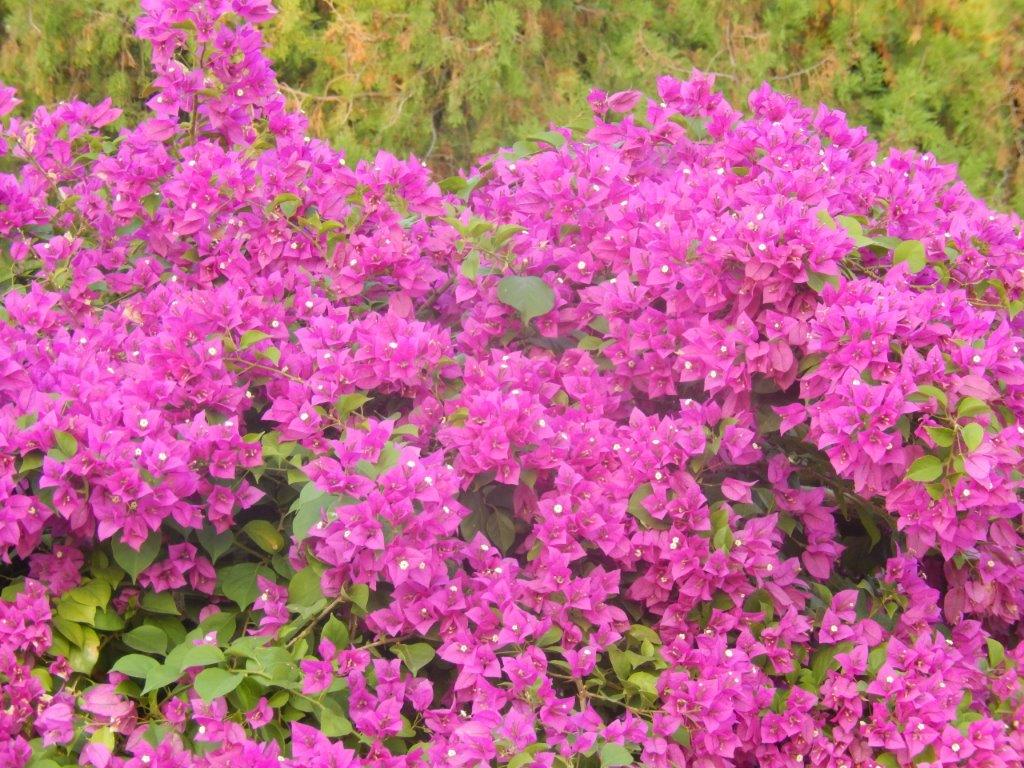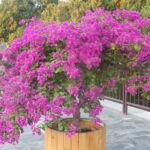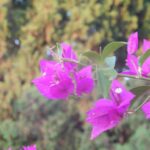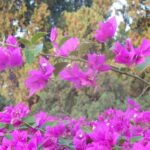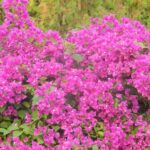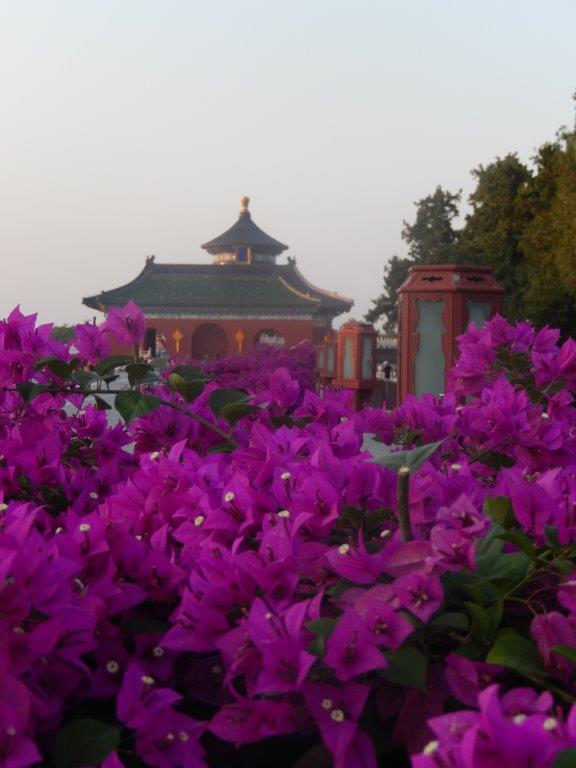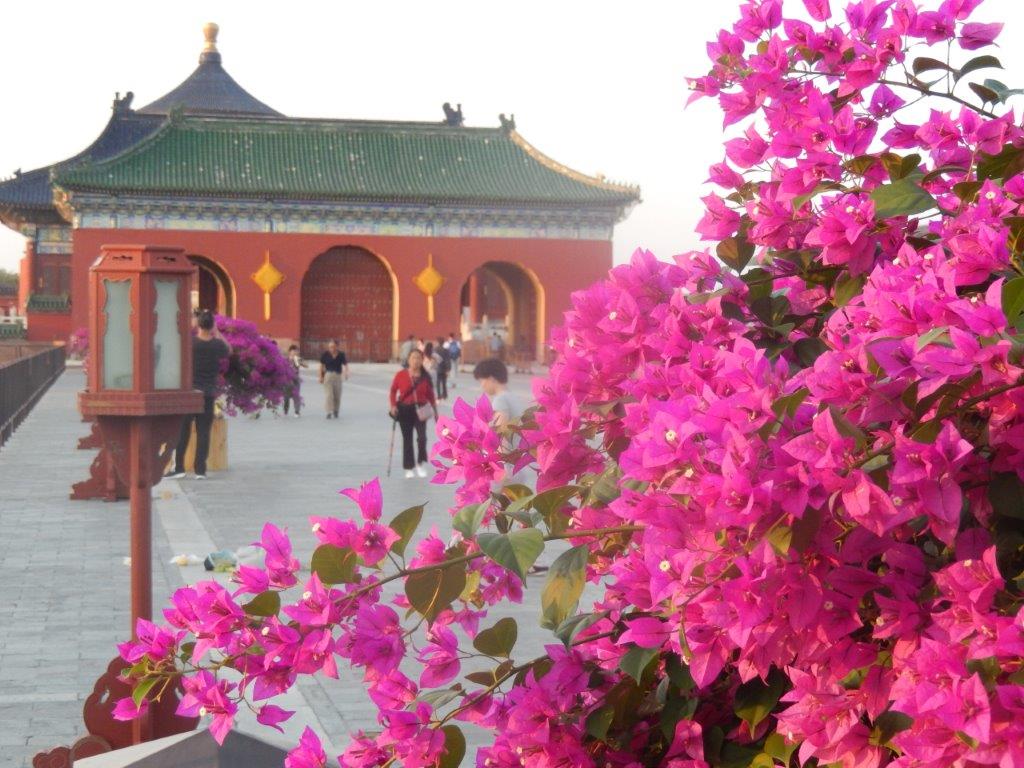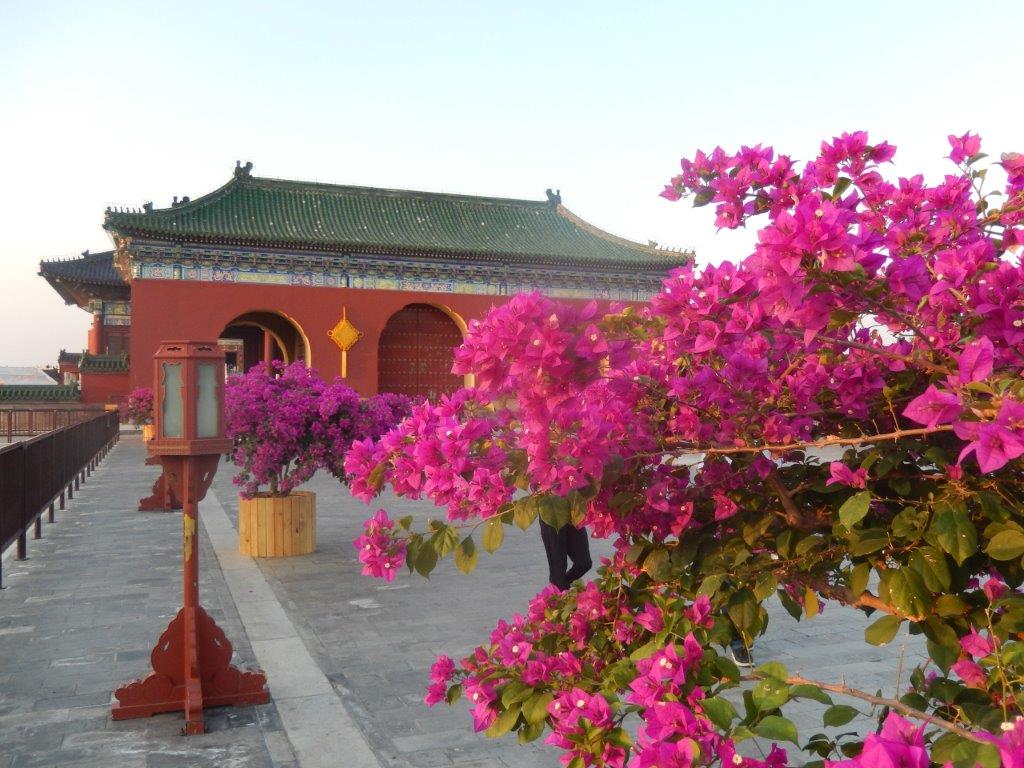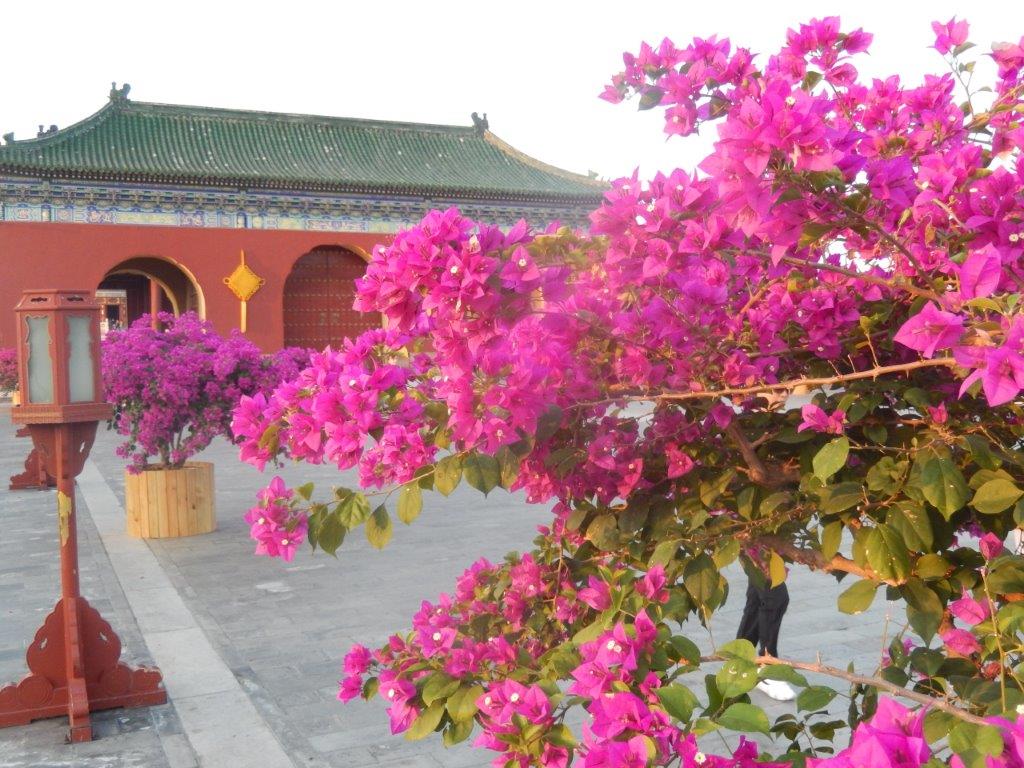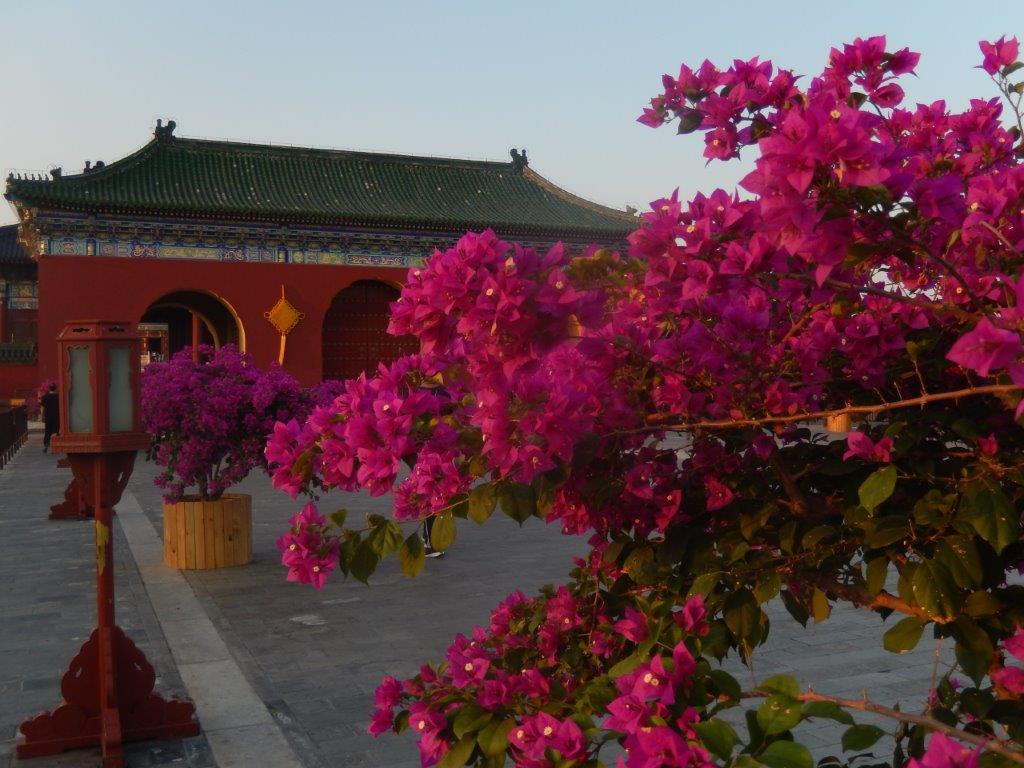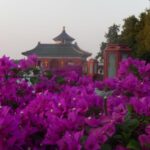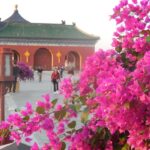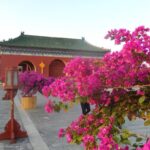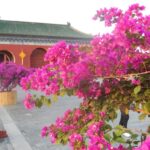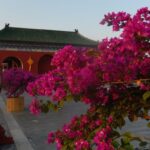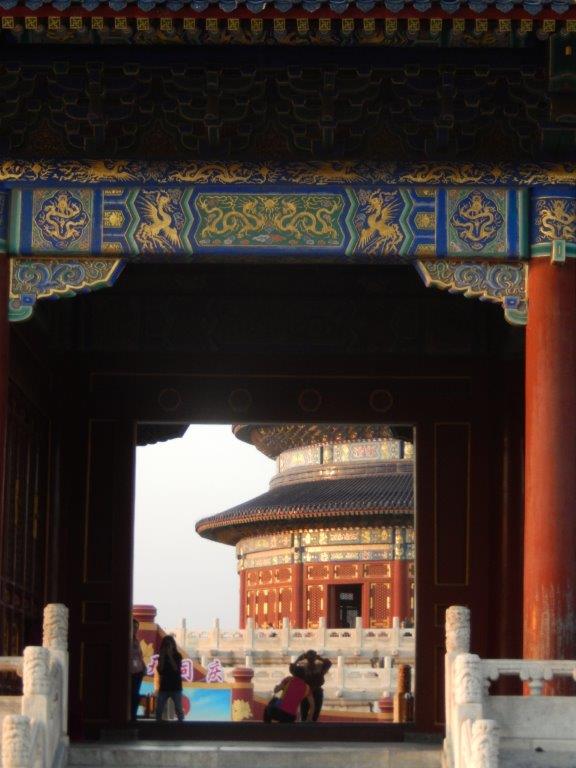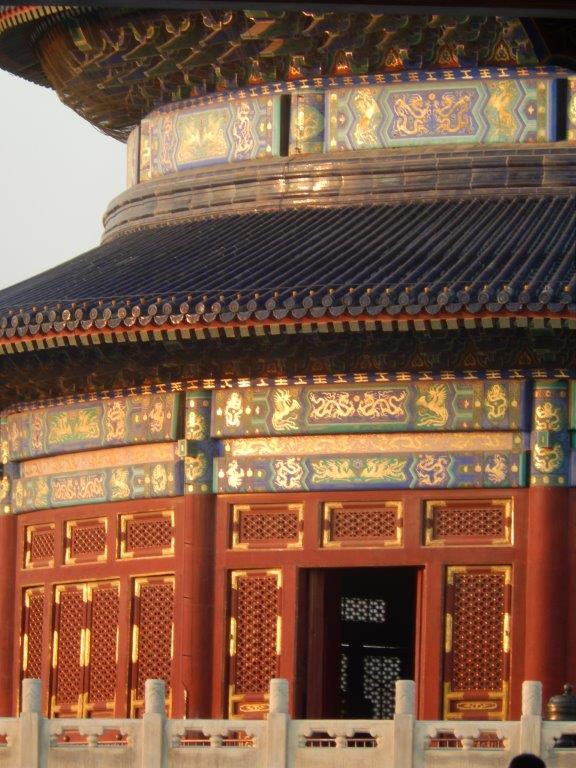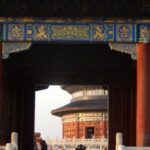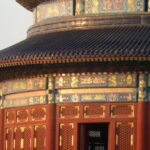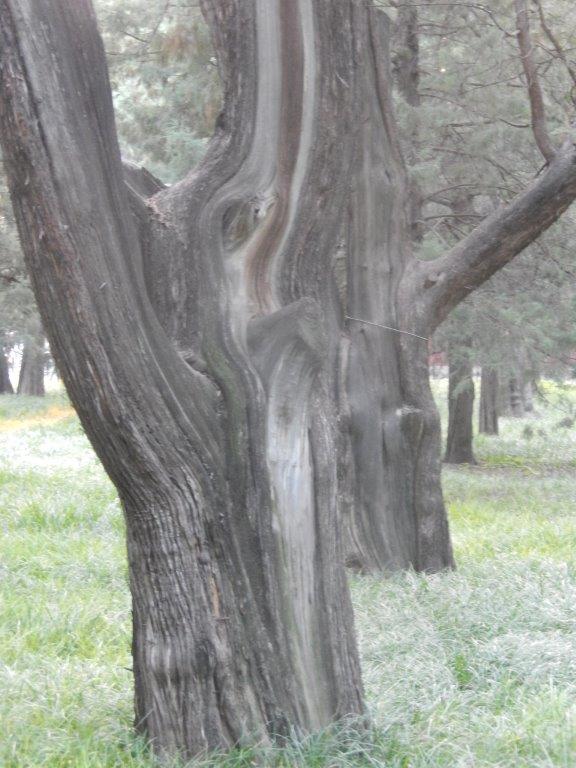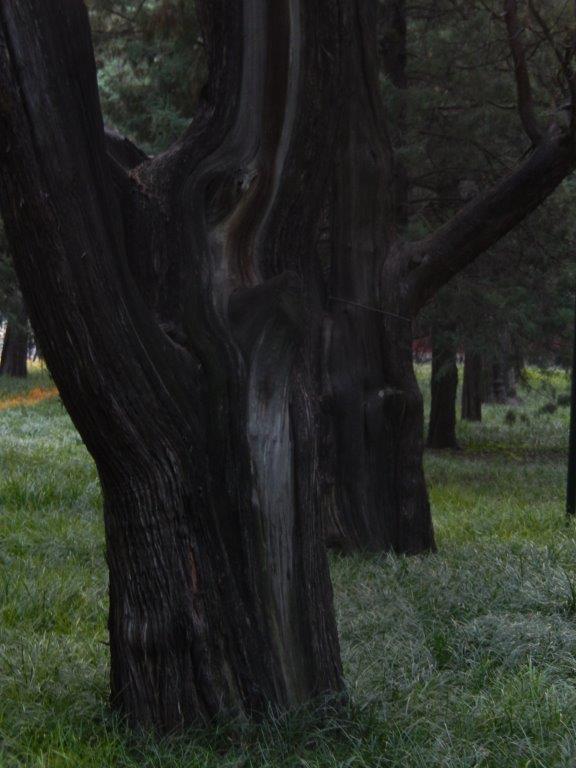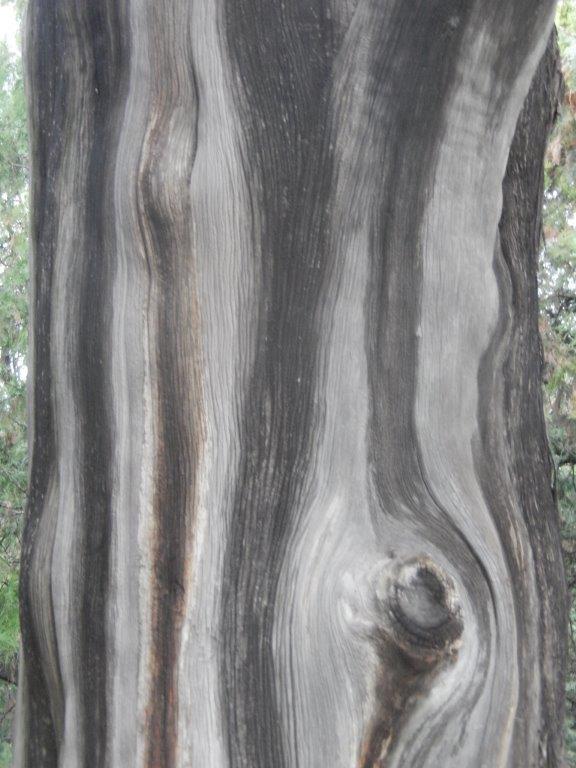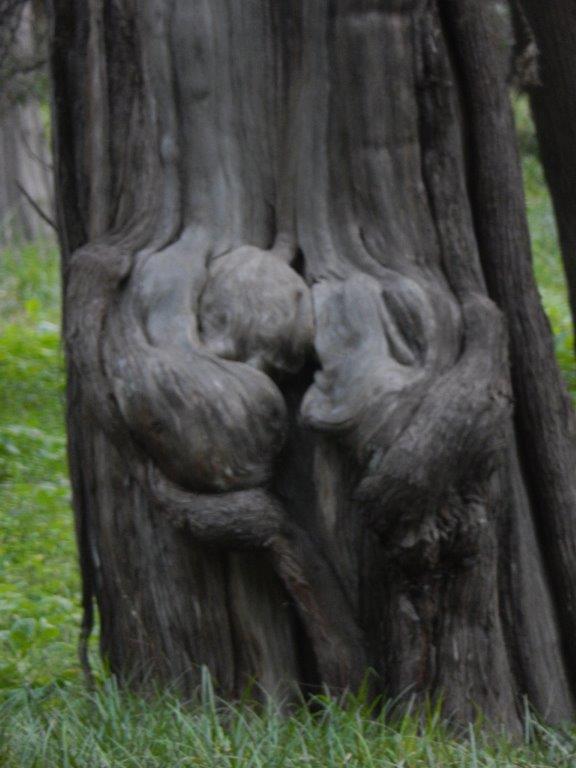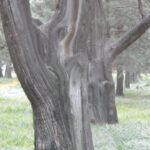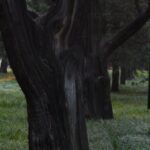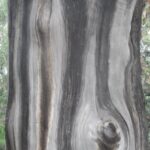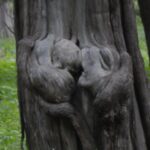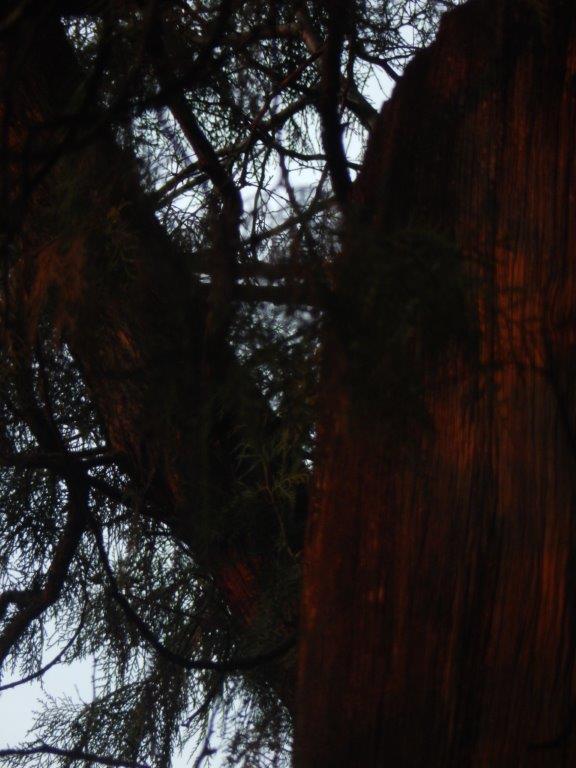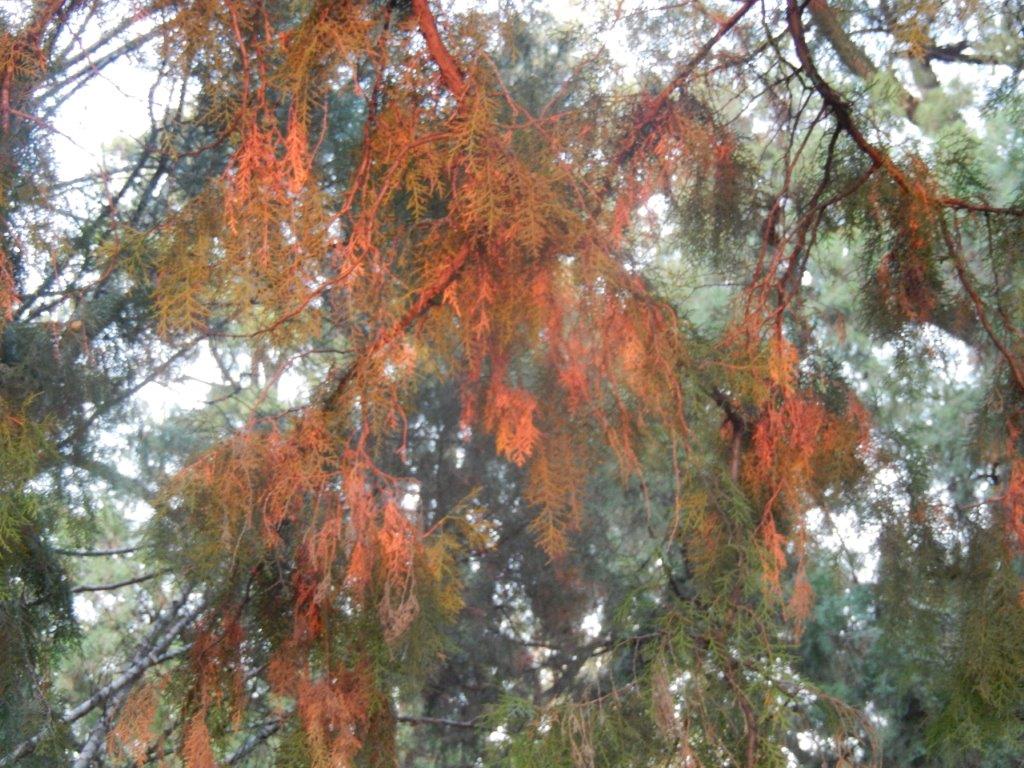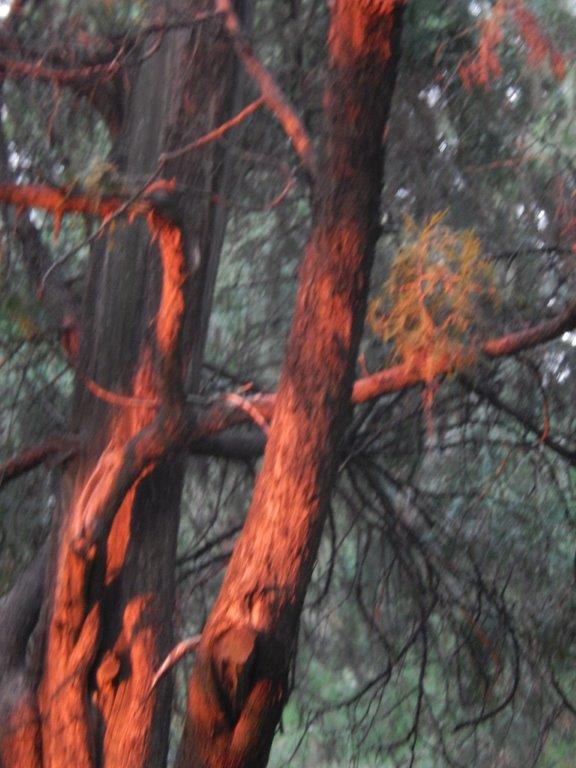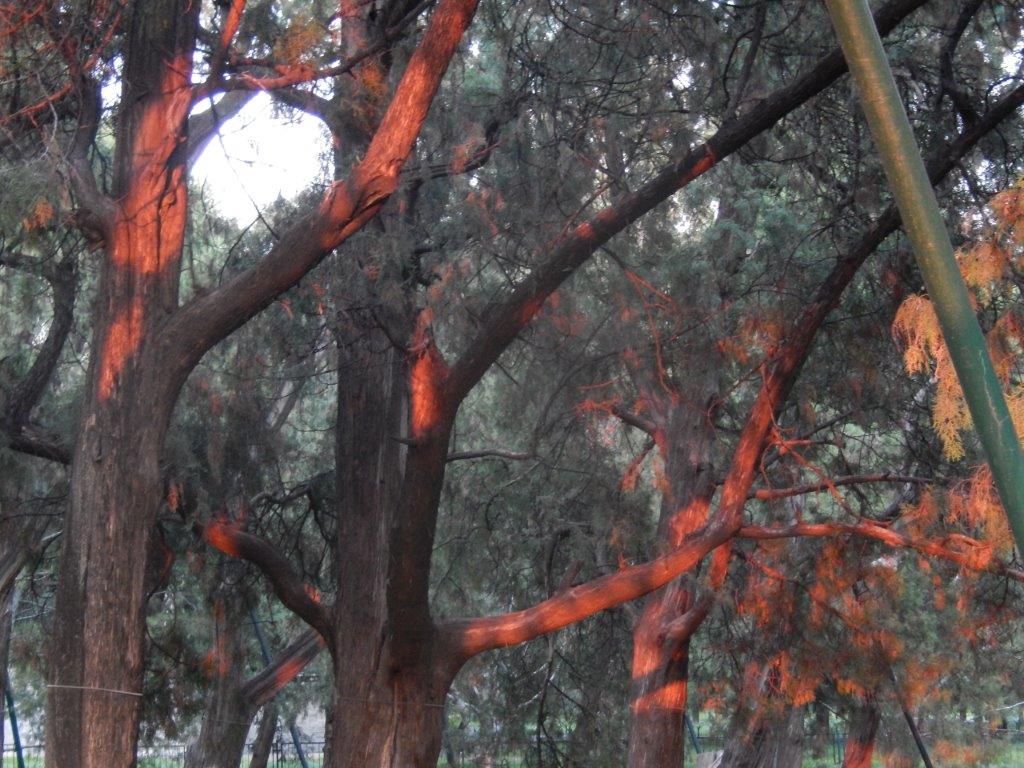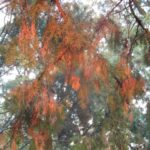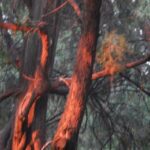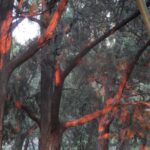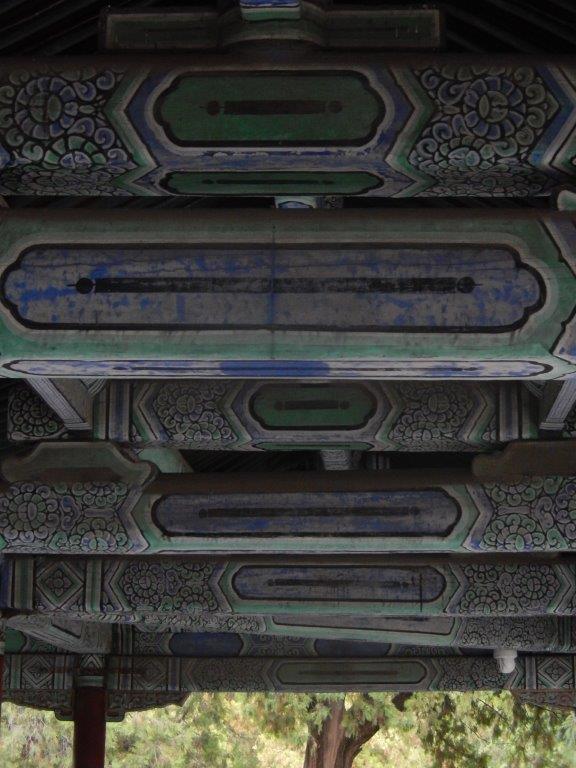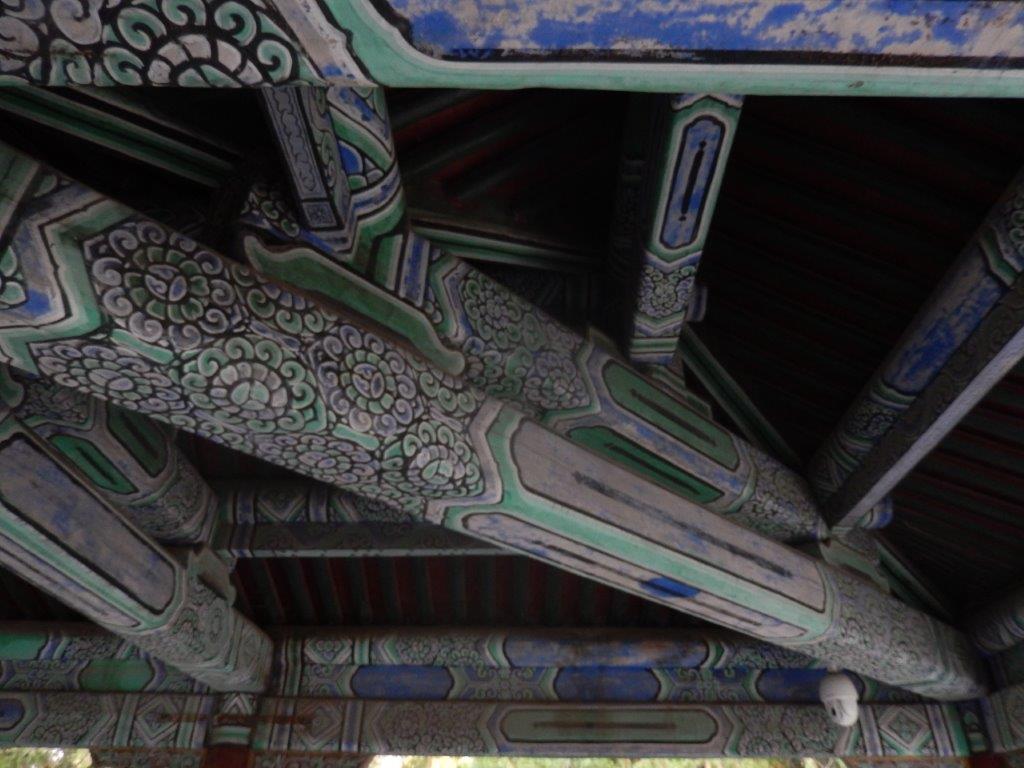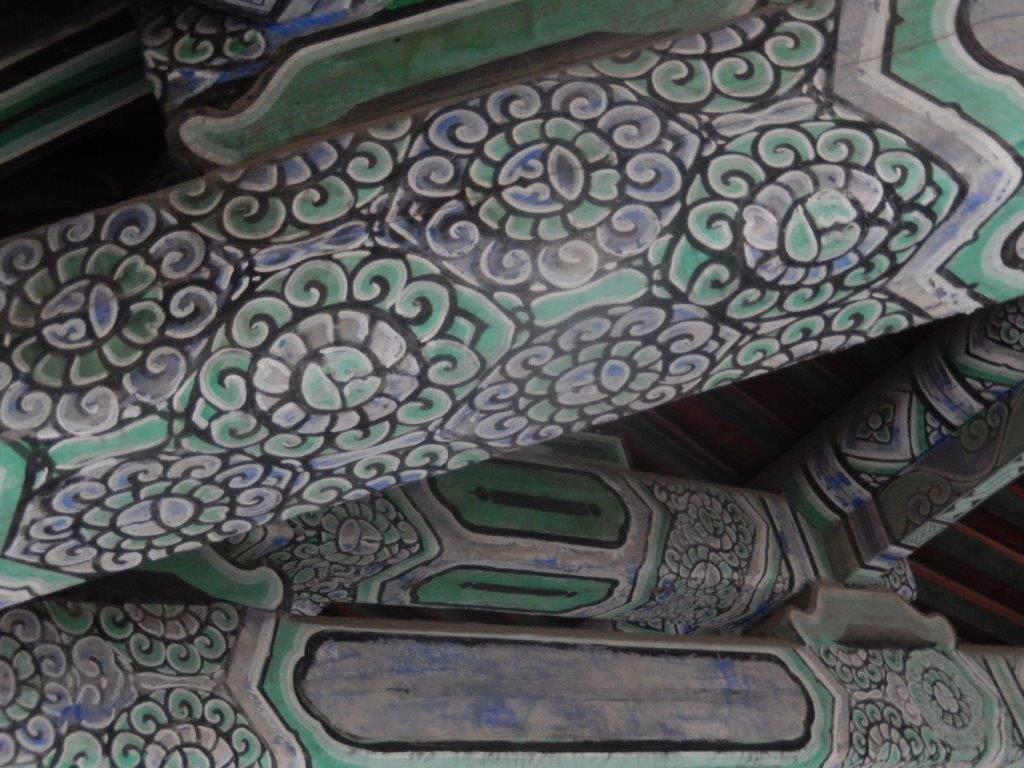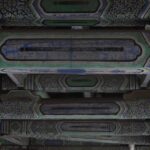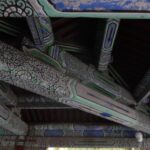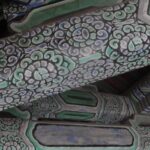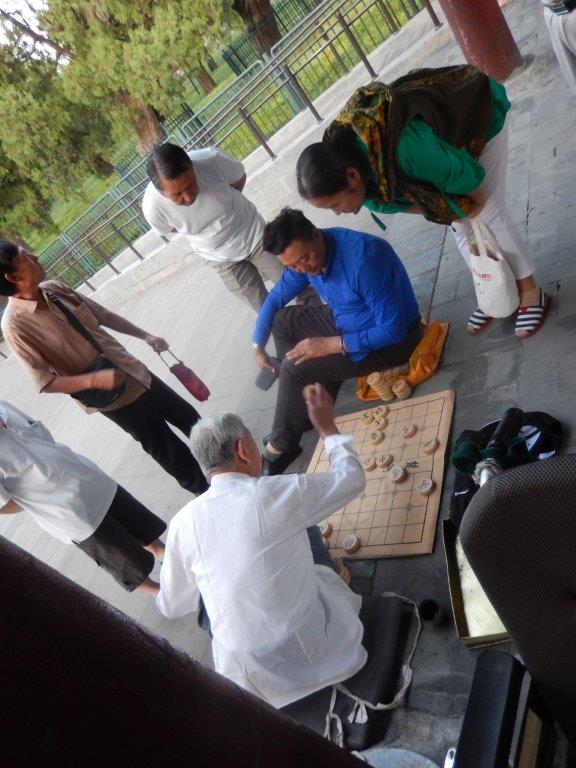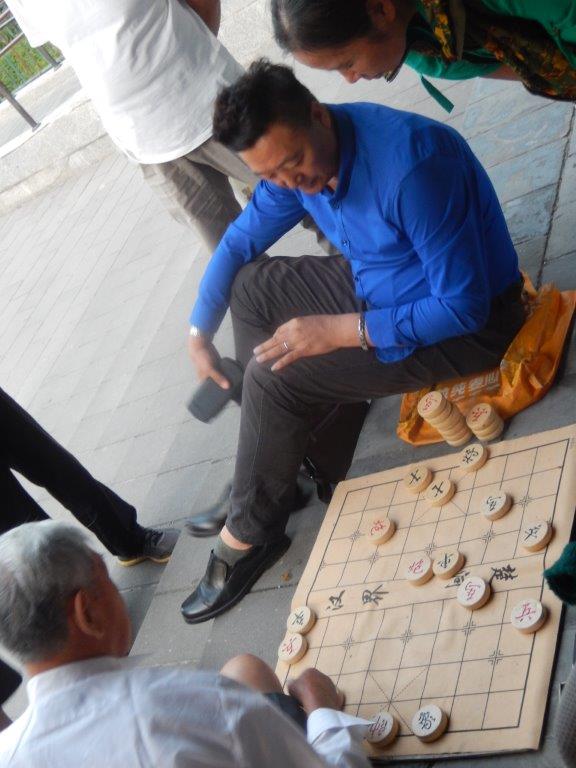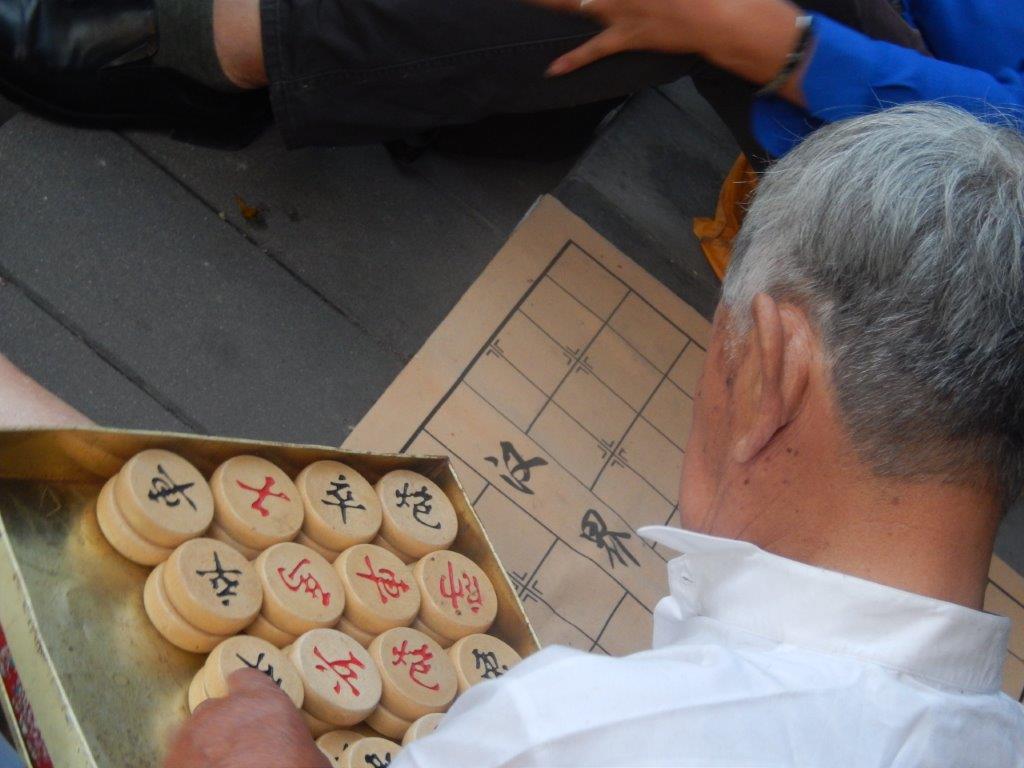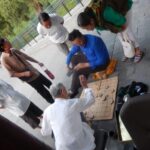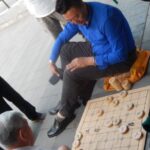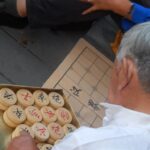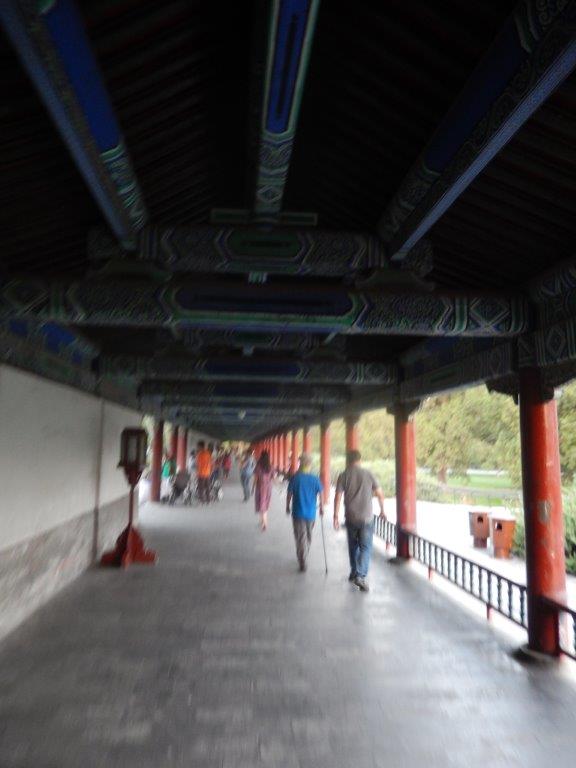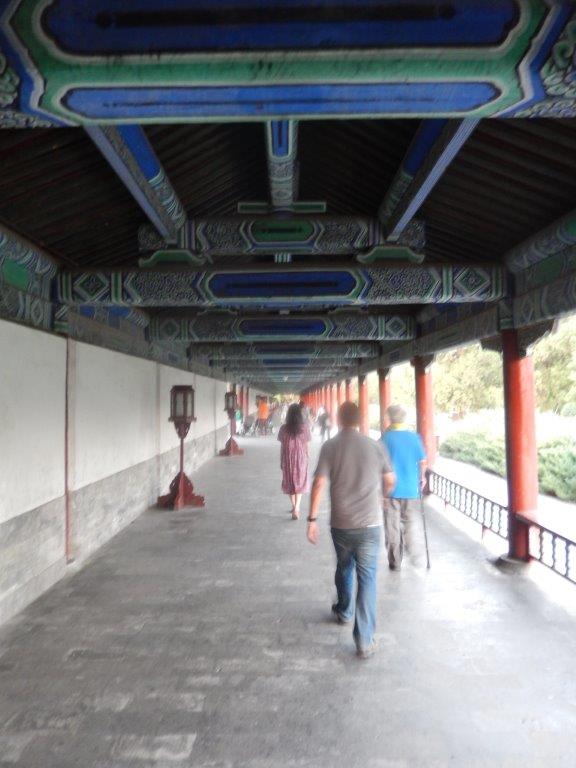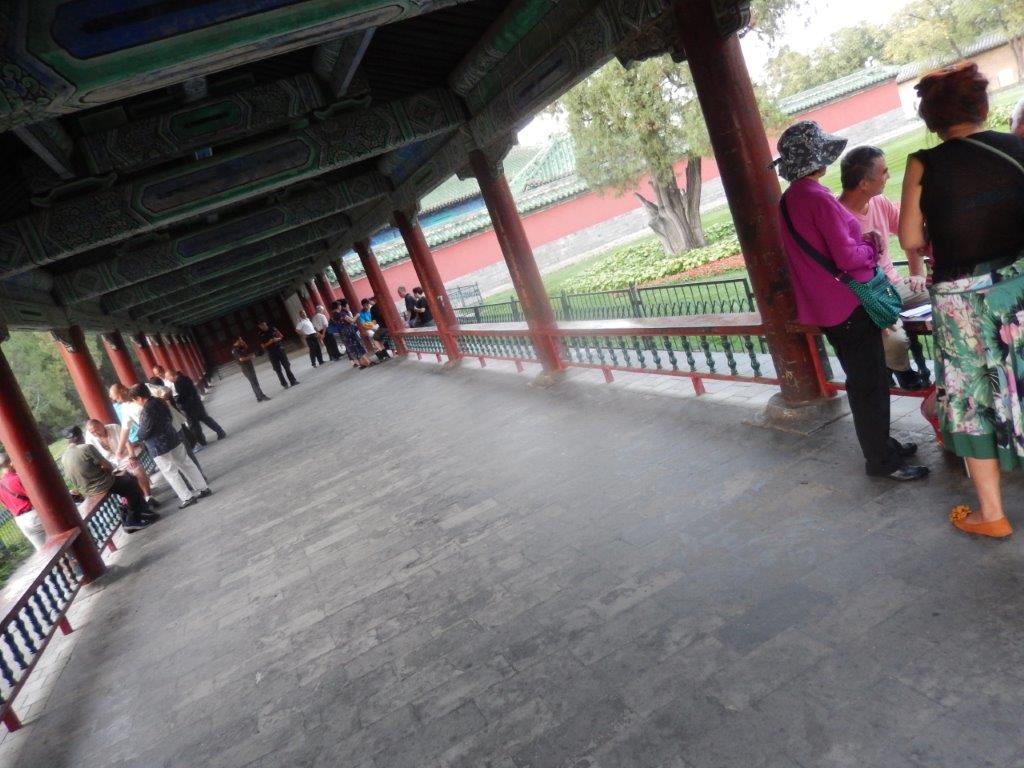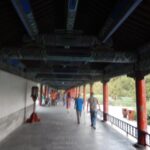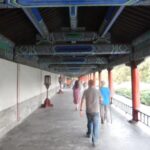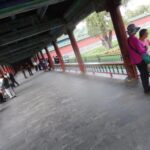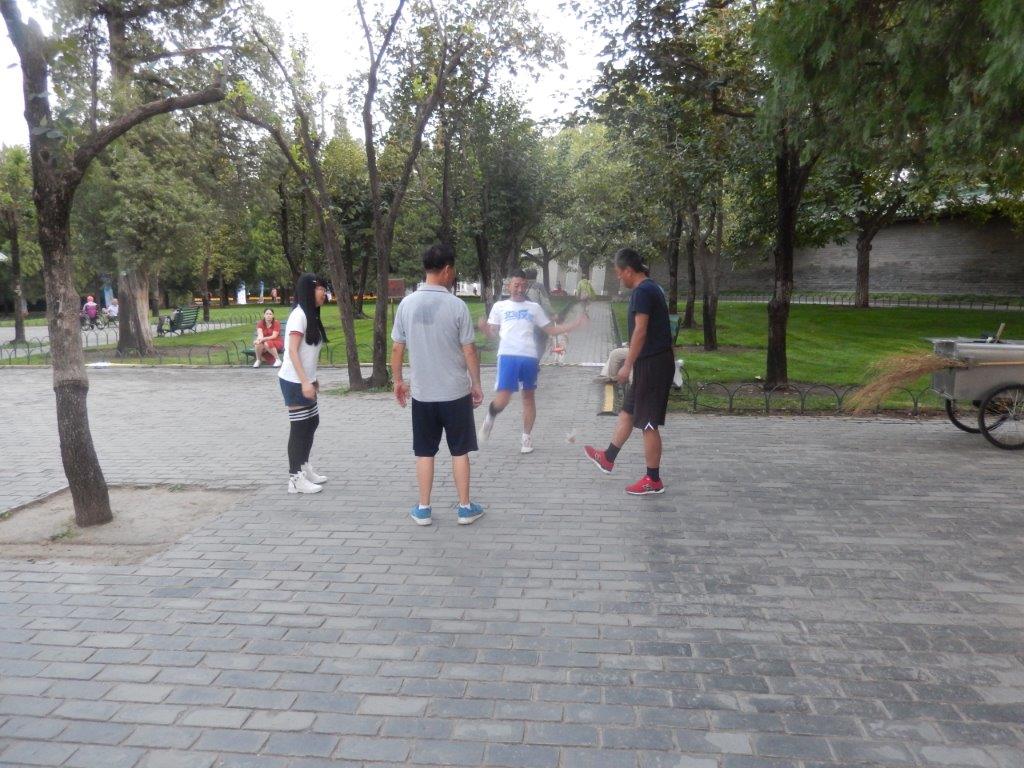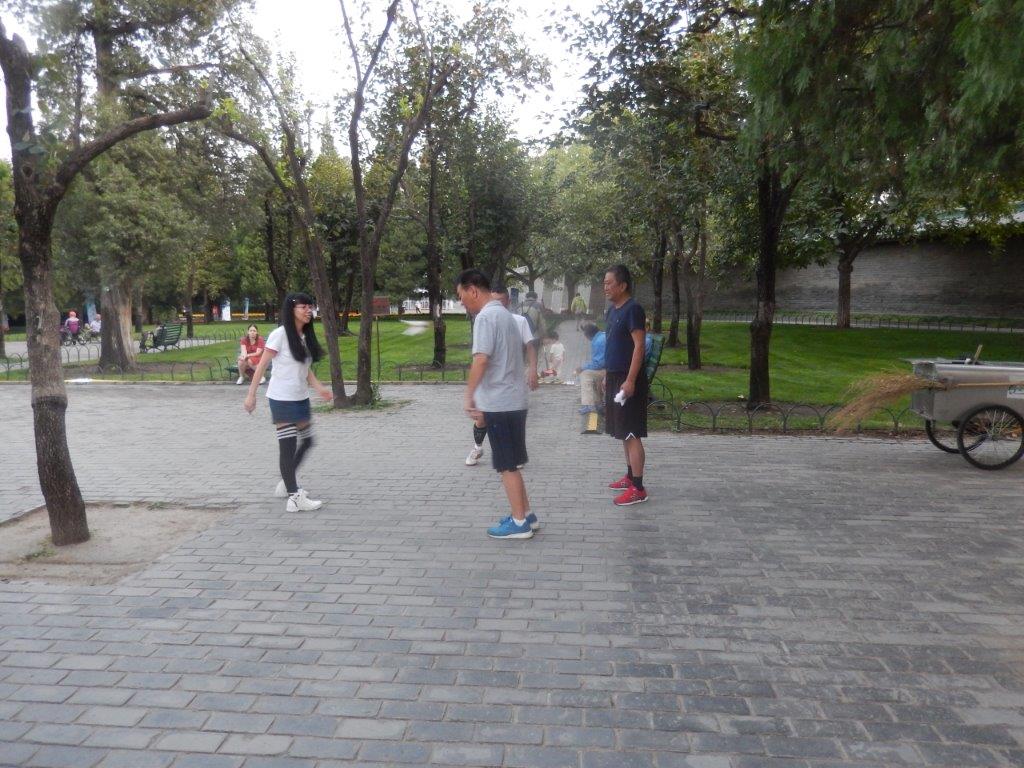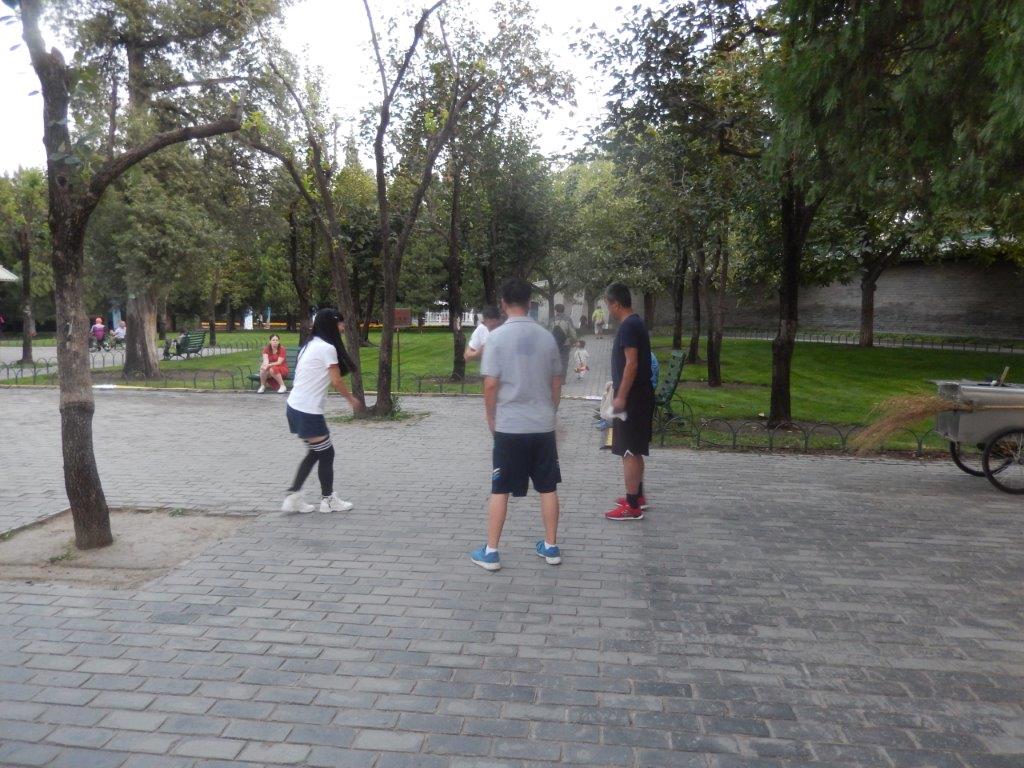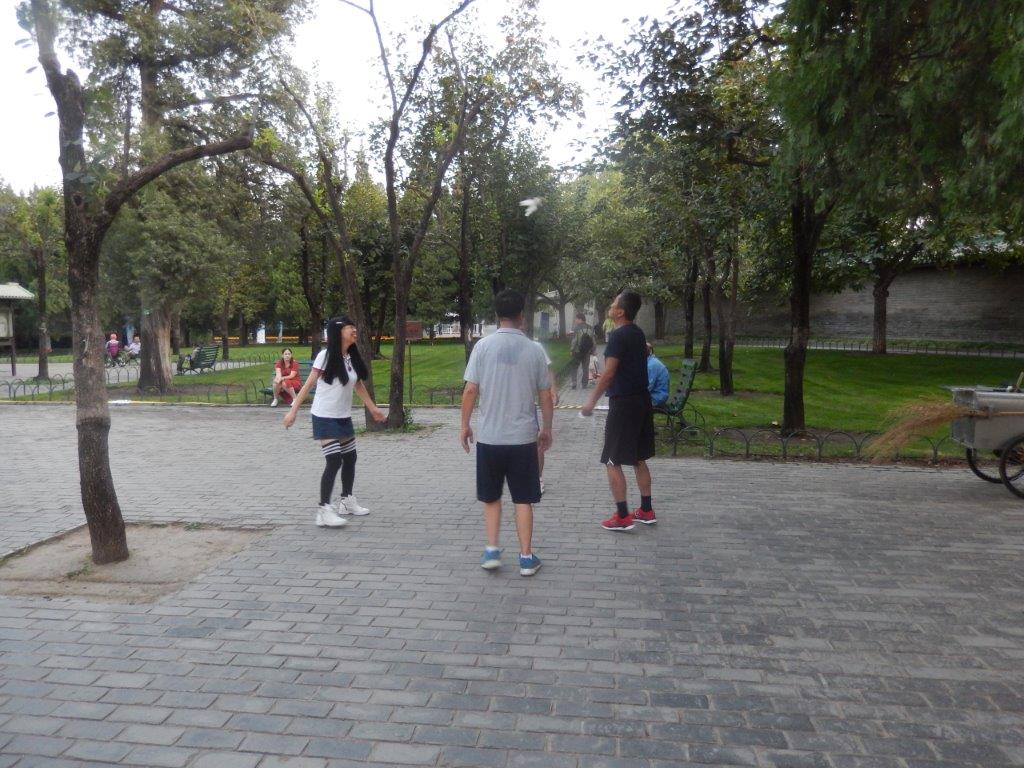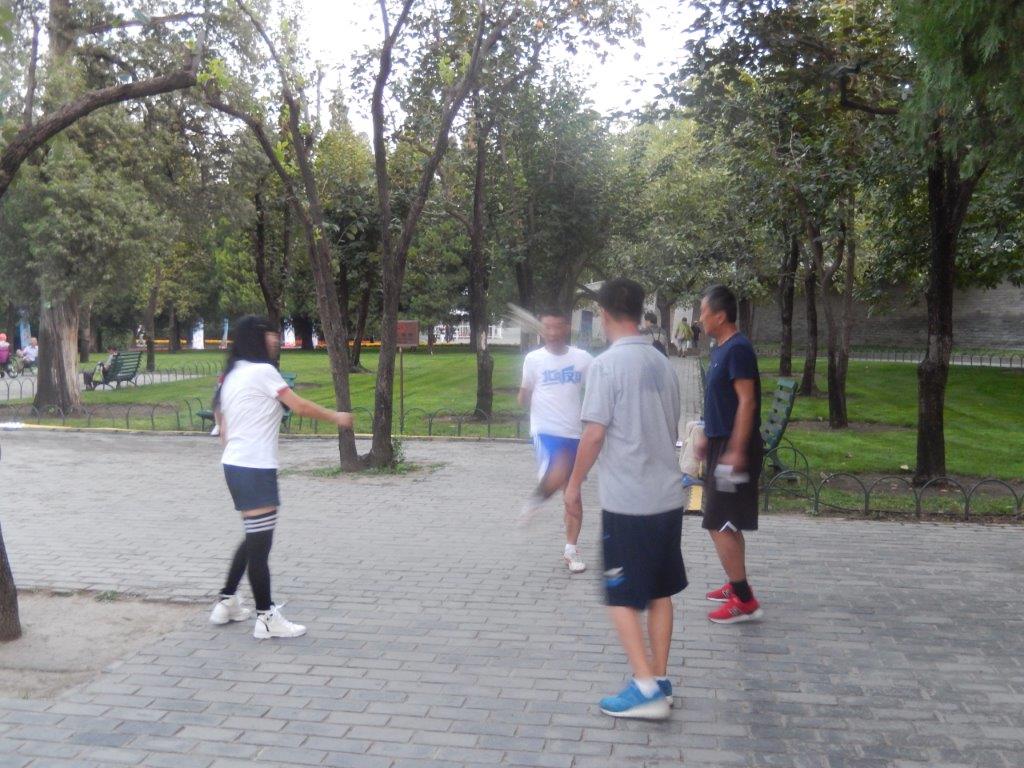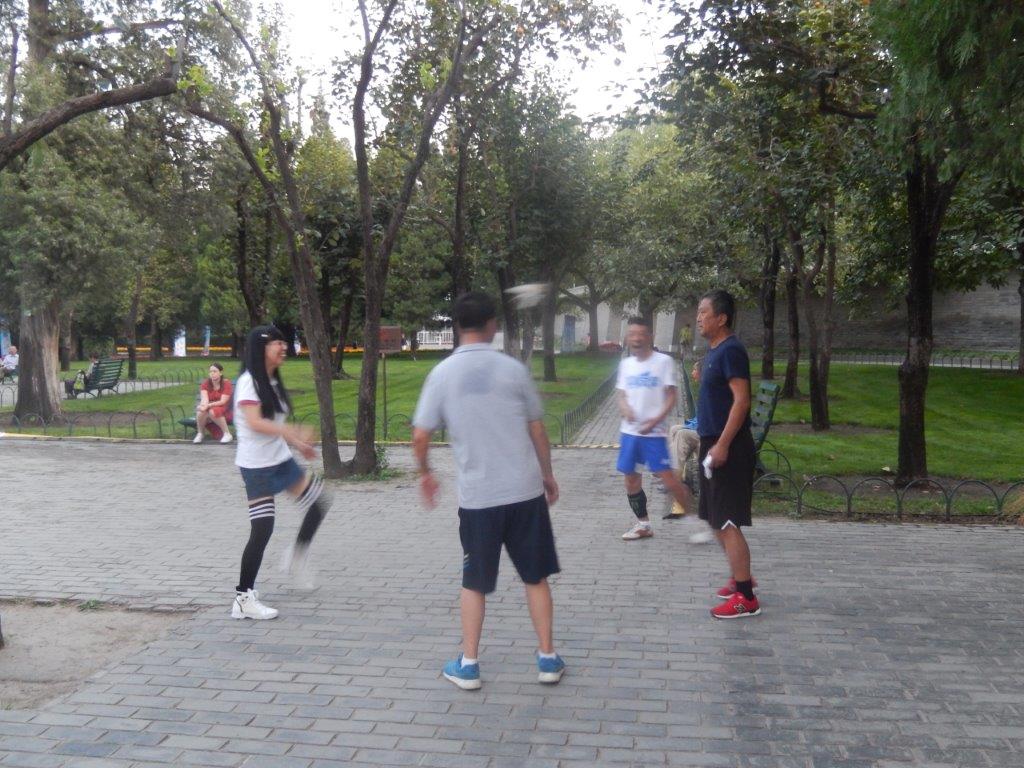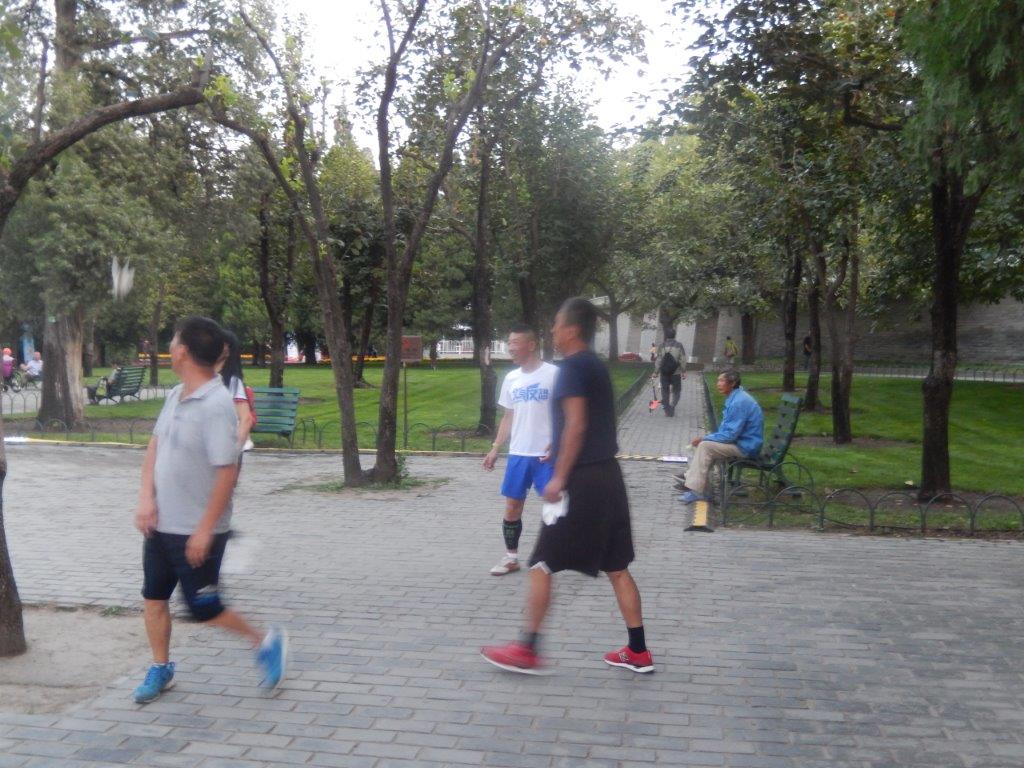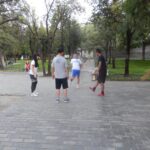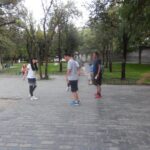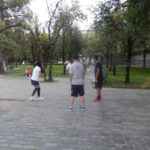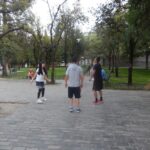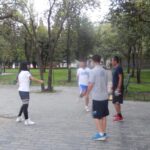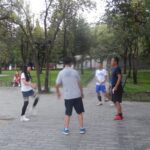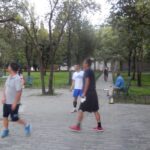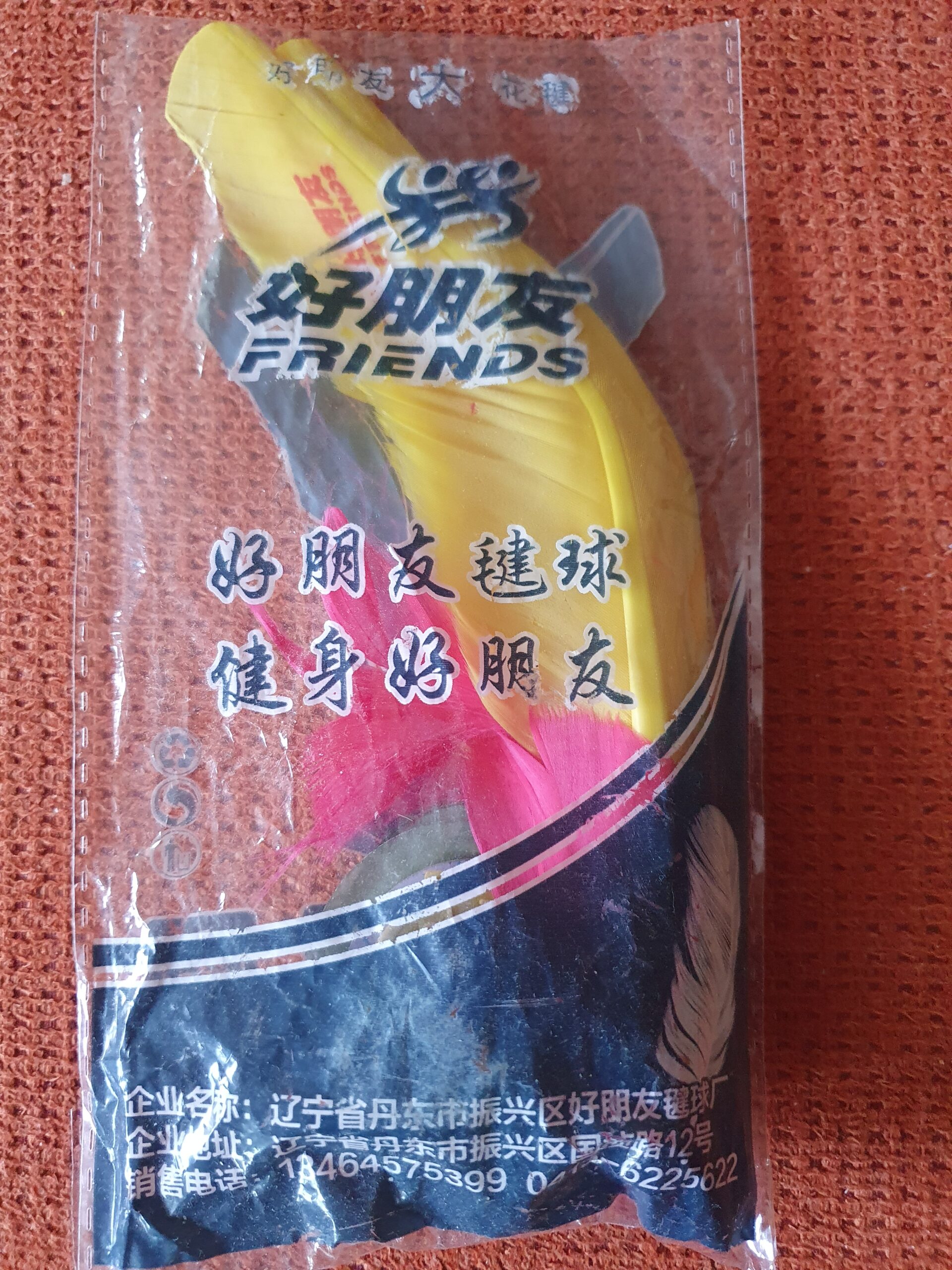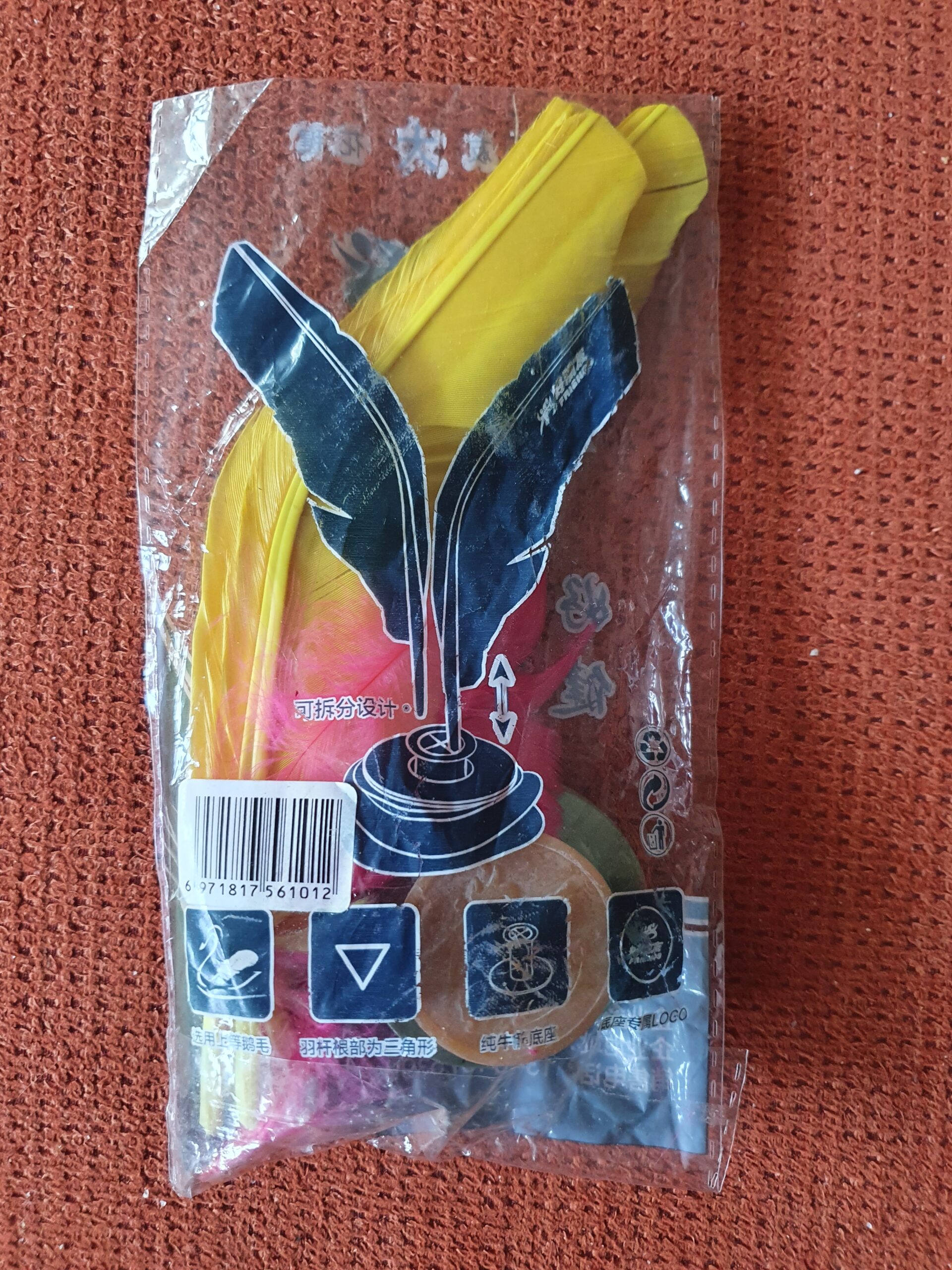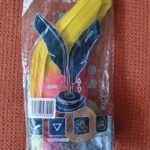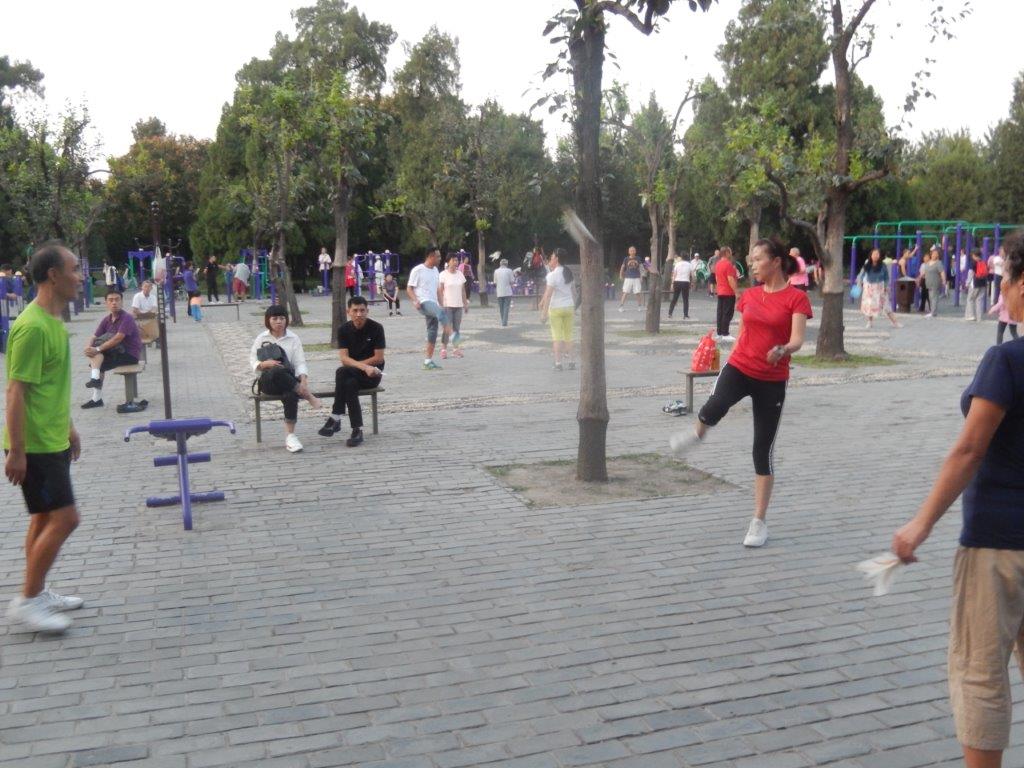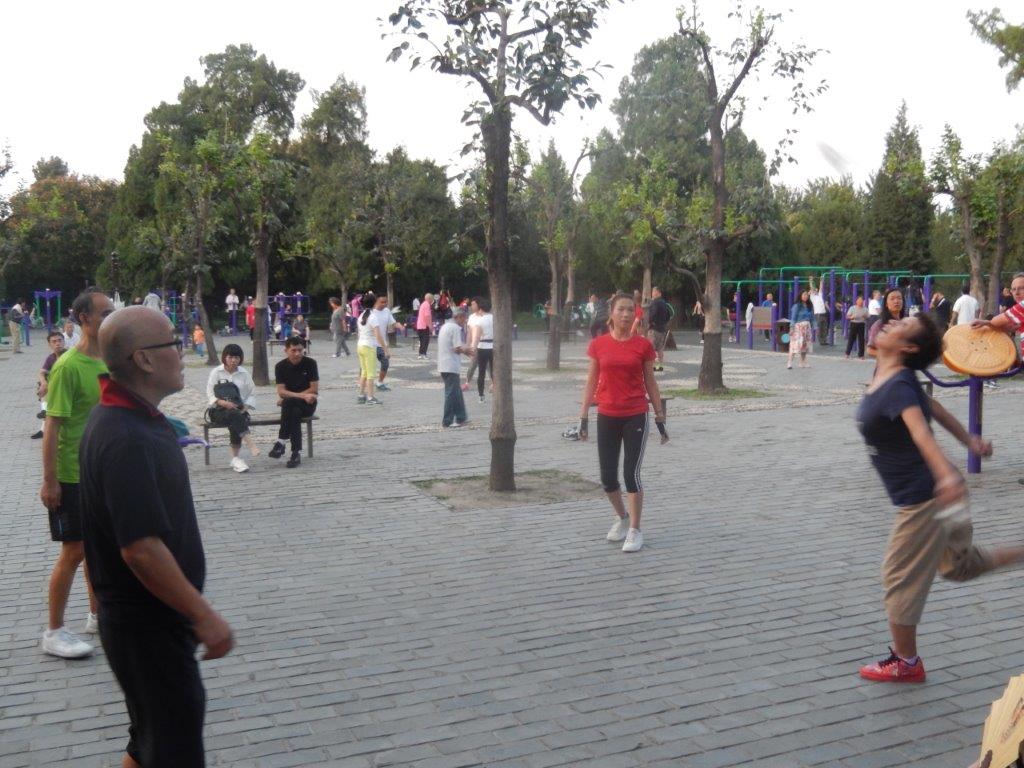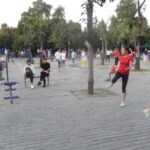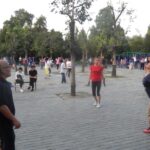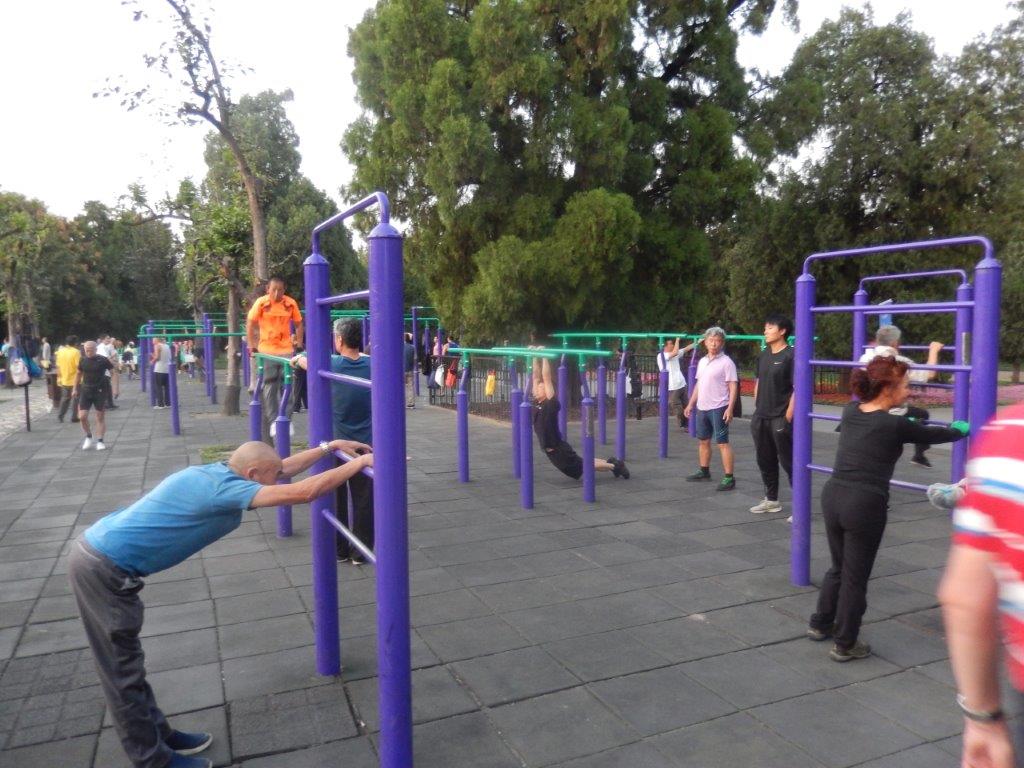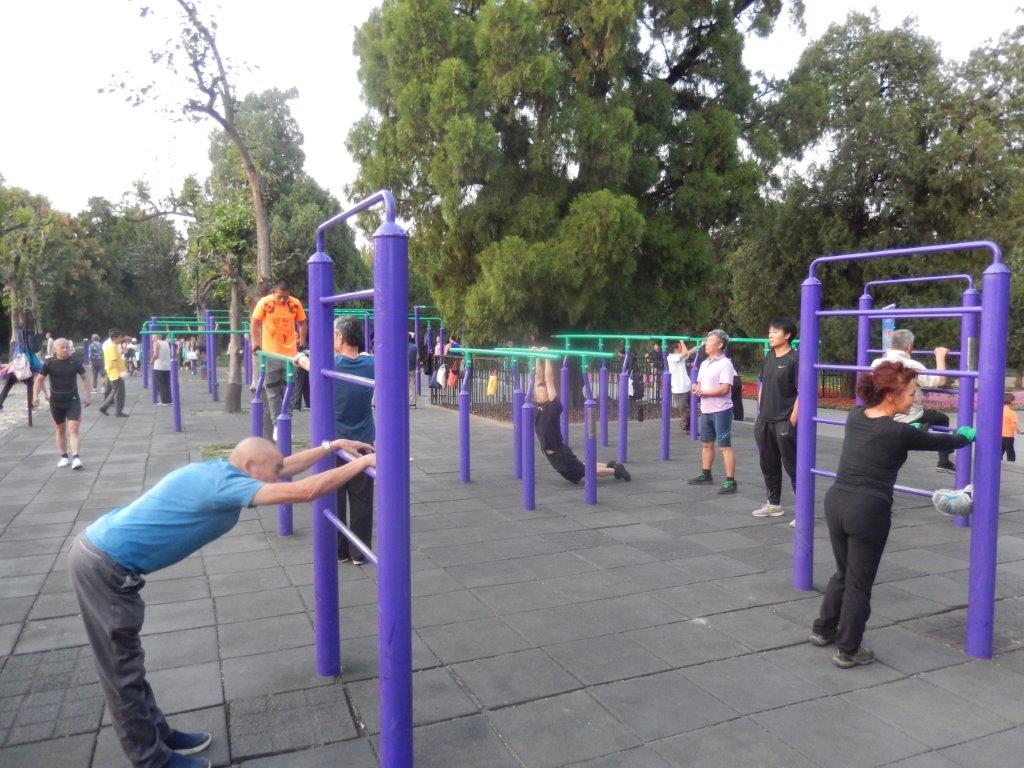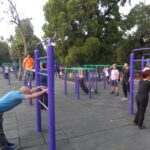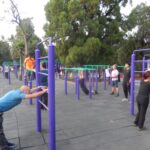Beijing: A visit to the Temple of Heaven and a public park
At about half an hour walking from the hotel entrance, was a metro station, giving access to the vast metro network of Beijing. The Wandelgek bought a metro ticket which costs only 5 yuan which is 0.64 euro!!! and is valid until you leave a metro station.
The Temple of Heaven
The Temple of Heaven is an imperial complex of religious buildings situated in the southeastern part of central Beijing. The complex was visited by the Emperors of the Ming and Qing dynasties for annual ceremonies of prayer to Heaven for a good harvest. The Temple of Heaven was inscribed as a World Heritage site in 1998 and was described as “a masterpiece of architecture and landscape design which simply and graphically illustrates a cosmogony of great importance for the evolution of one of the world’s great civilizations …” as the “symbolic layout and design of the Temple of Heaven had a profound influence on architecture and planning in the Far East over many centuries.”
As you can see on the above map, the complex is quite large. The temple buildings are surrounded by a park with beautiful trees…
… and I managed to see this large squirrel moving up a tree bark…
The sun was quickly setting now…
The Temple grounds cover 2.73 km2 (1.05 sq mi) of parkland and comprises three main groups of constructions, all built according to strict philosophical requirements:
The Circular Mound Altar (圜丘坛) is the altar proper, located south of the Imperial Vault of Heaven. It is an empty circular platform on three levels of marble stones, each decorated by lavishly carved dragons. The numbers of various elements of the Altar, including its balusters and steps, are either the sacred number nine or its nonuples. The center of the altar is a round slate called the Heart of Heaven (天心石) or the Supreme Yang (太阳石), where the Emperor prayed for favorable weather. Thanks to the design of the altar, the sound of the prayer will be reflected by the guardrail, creating significant resonance, which was supposed to help the prayer communicate with Heaven. The Altar was built in 1530 by the Jiajing Emperor and rebuilt in 1740.
After the Circular Mound Altar, The Wandelgek reached a set of gates, surrounding a large paved square. He entered through one gate and saw another temple building rising above a gate at the opposite side of the square…
There were many blooming pink flowers in large potts, placed on the sides of the square and the square was surrounded by high trees…
The Wandelgek now approached the gate he had seen on the opposite side of the square…
…and he looked through one of its gorgeous decorated entrances…
The Hall of Prayer for Good Harvests (祈年殿) is a magnificent triple-gabled circular building, 36 m (118 ft) in diameter and 38 m (125 ft) tall, built on three levels of marble stone base, where the Emperor prayed for good harvests. The building is completely wooden, with no nails. The original building was burned down by a fire caused by lightning in 1889. The current building was re-built several years after the incident.
Beyond its walls lay the bustling town of Beijing…
Just a few hours ago, The Wandelgek had still been travelling on the Trans Mongolian Railway and now he walked through this wonderful park in Beijing. There were these long, broad, paved paths going from one site to another…
The historic buildings are just one part of the site, just as interesting is the quite large public park surrounding these buildings. The trees were quite different from what I had seen up north, but also from what I had seen in northwest Europe sofar…
It became even more special when, due to the setting sun, the tree barks and leaves started to reflect the deep orange sunlight…
The Wandelgek walked through a wooden corridor with beautifully decorated ceiling beams…
Parks in China are much more than parks in Europe, used to socialize. People go there for morning gym classes, tai chi, sports, games, dance, conversation, etcetera. People e.g. meet to play some games of Chinese Chess
The Wandelgek saw that there were many of these activities in Beijing, not only in the parks, but also on street corners. It keeps workers in shape and prevents elderly people from getting socially isolated.
The average temperatures in Beijing in summer do contribute to all those activities outdoors. It has a warm and dry climate in Summer.
After a last look upon the historic building silhouettes in the setting sun, The Wandelgek arrived in the leisure and recreational area of the park. Public parks are some of the very best locations in China to meet Chinese people. In previous journeys to China, The Wandelgek always had great fun in taking part in activities or just by watching people doing stuff they obviously liked doing. Some parks offer fishing ponds or monorails for children, some have areas for sports activities, like tai chi others have fancy fair like entertainment. Once I entered a haunted ghostride in such a park. The Wandelgek also saw loads of people playing boardgames or just having a conversation drinking tea or a beer….
People were playing something similar to foot badminton…
Some people are quite good at it…
…some even very good…
I bought the thingy they were kicking at, which is like a weight attached to some feathers…
In another area there were people doing gymnastics…
…others were dancing in couples…
Again this proved to me how much more social the Chinese are. The elderly people are gathering in parks and at least as long as they can physically perform or mentally play games, they can have quality time with others.
At about sunset, The Wandelgek left the park area and took the metro to the hotel area…

